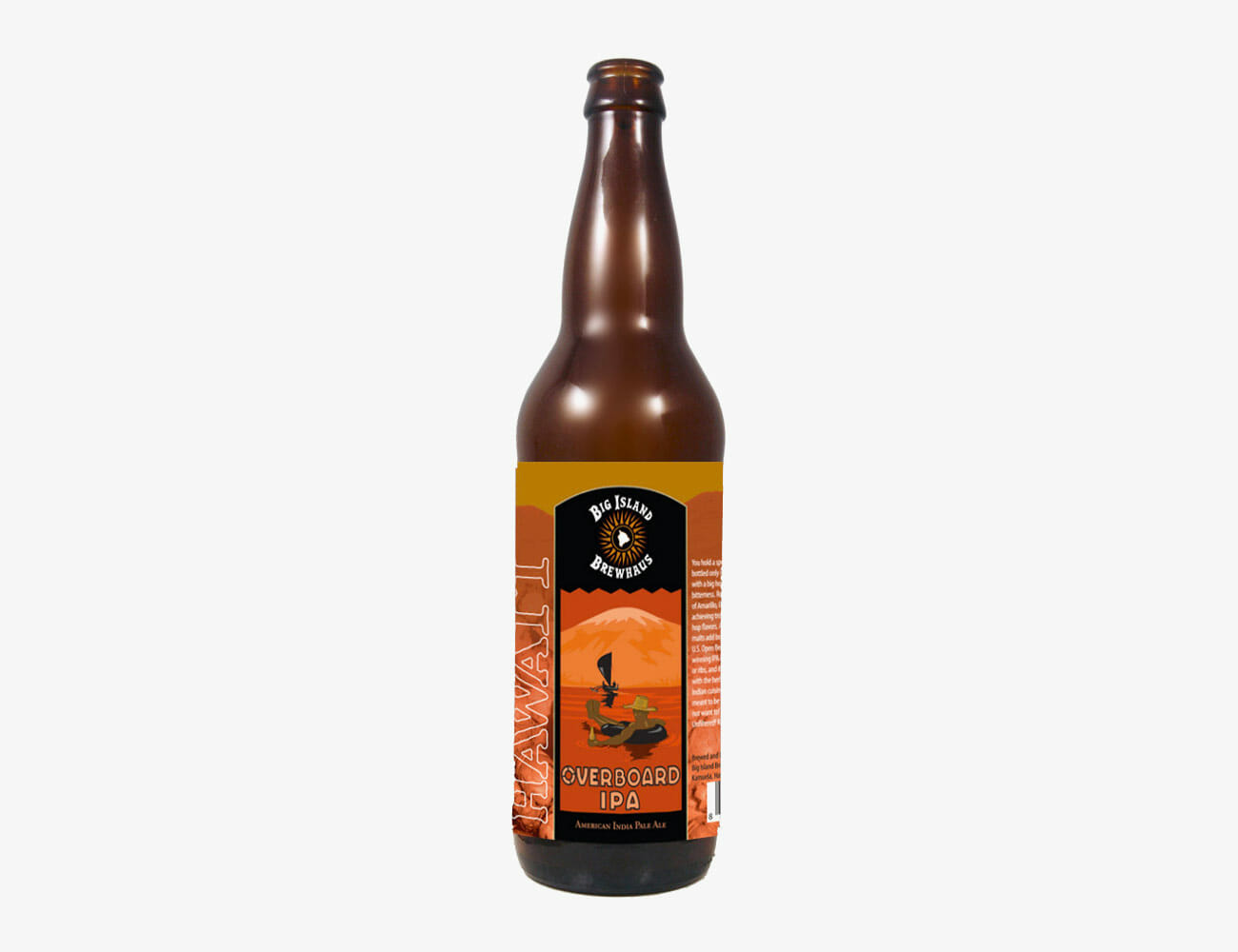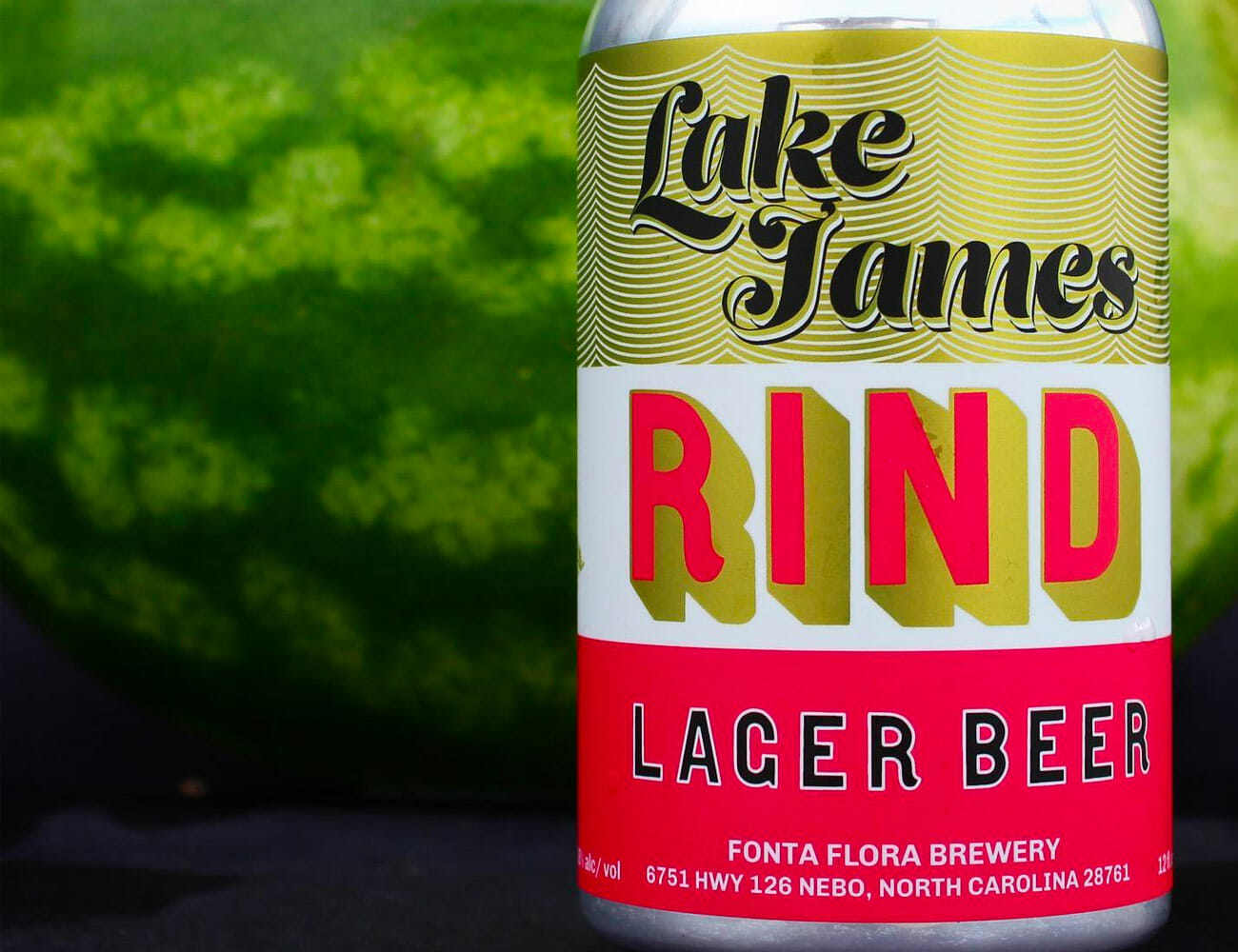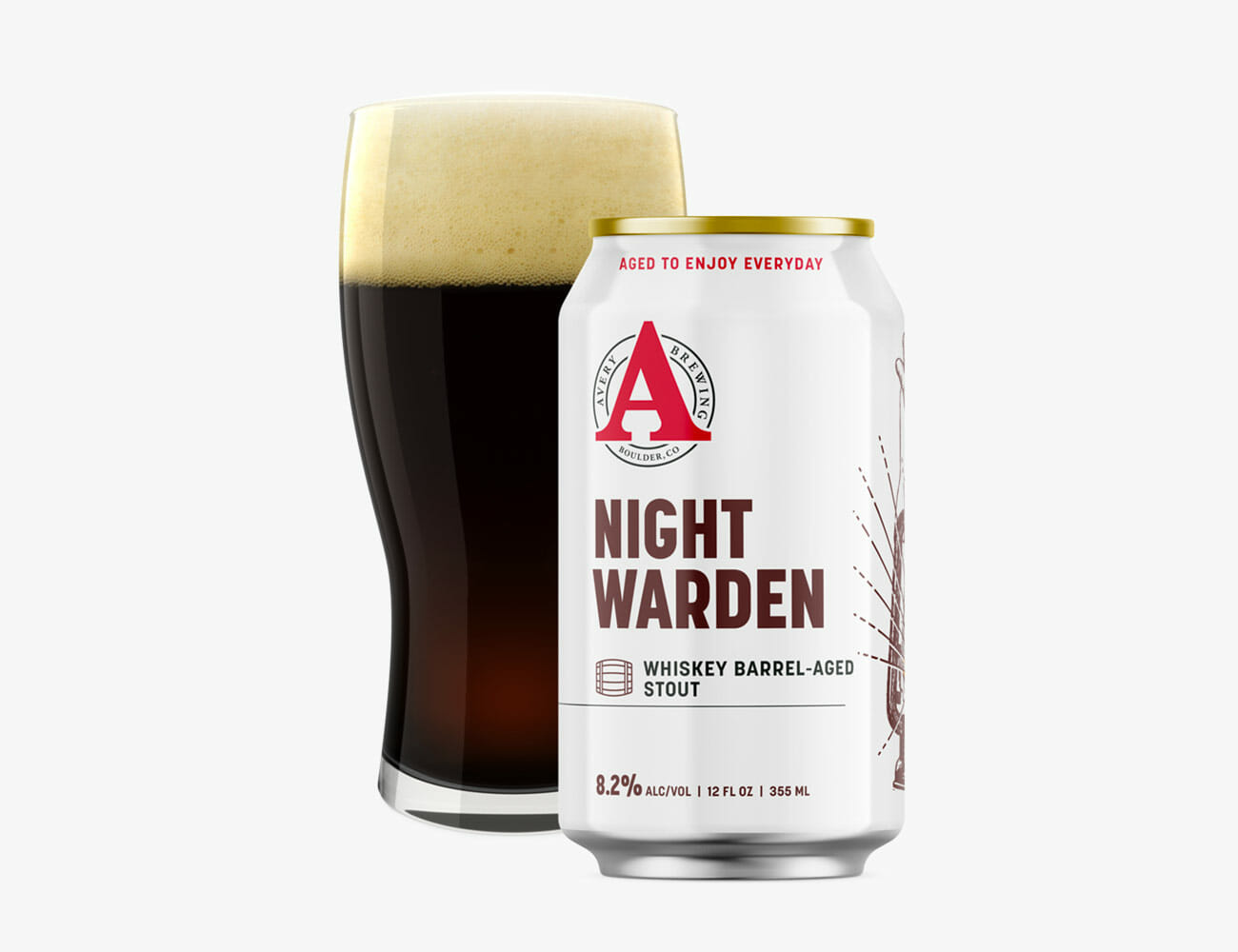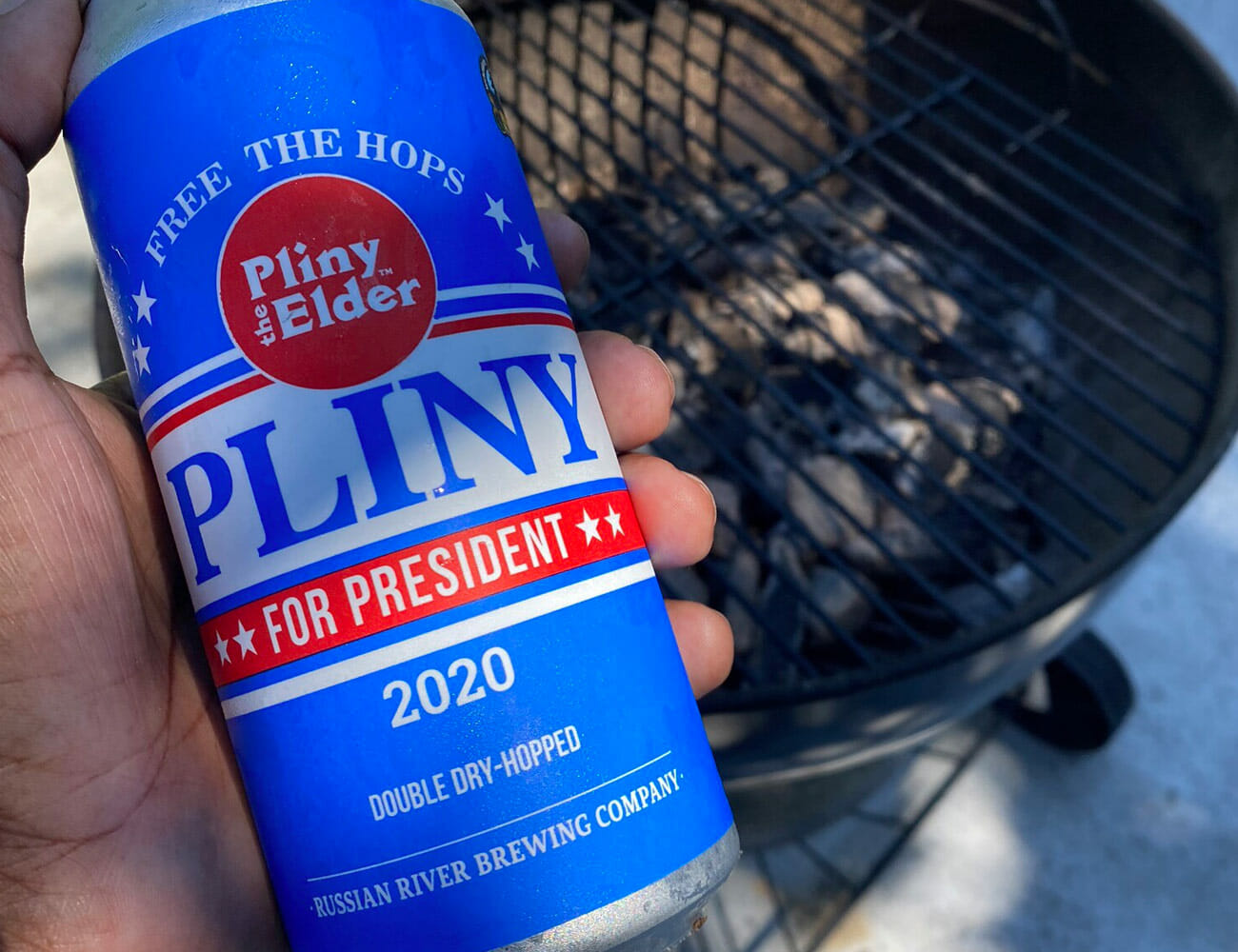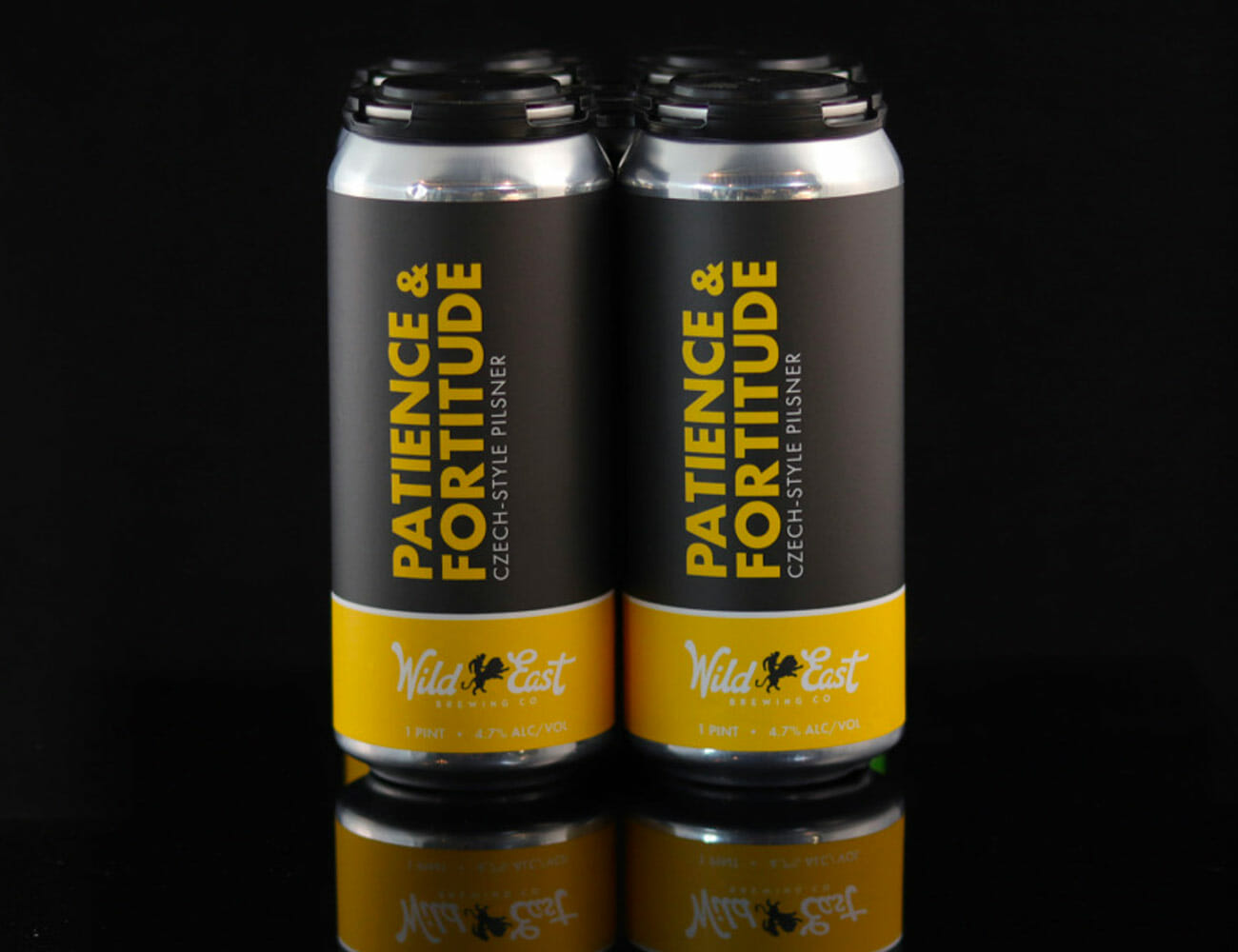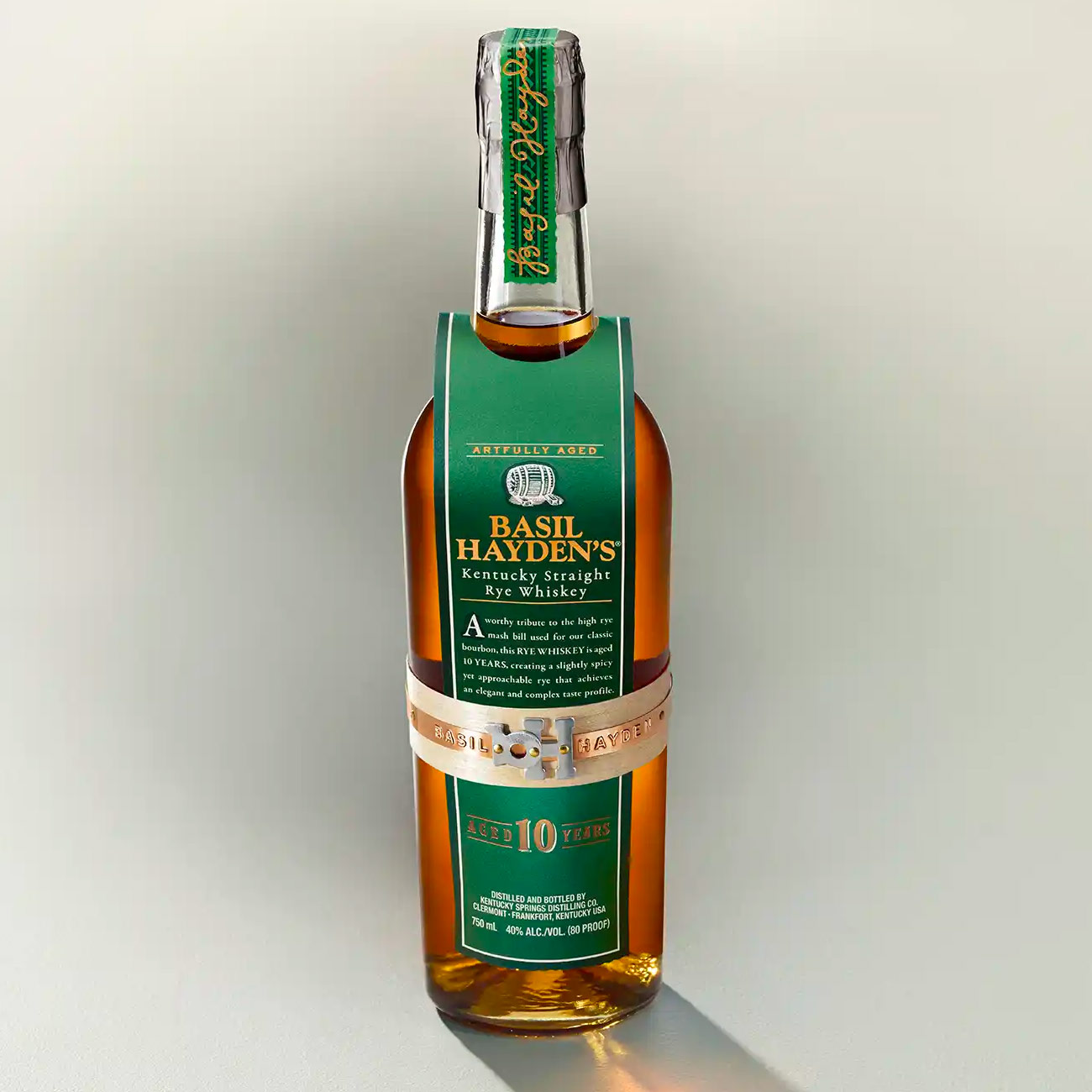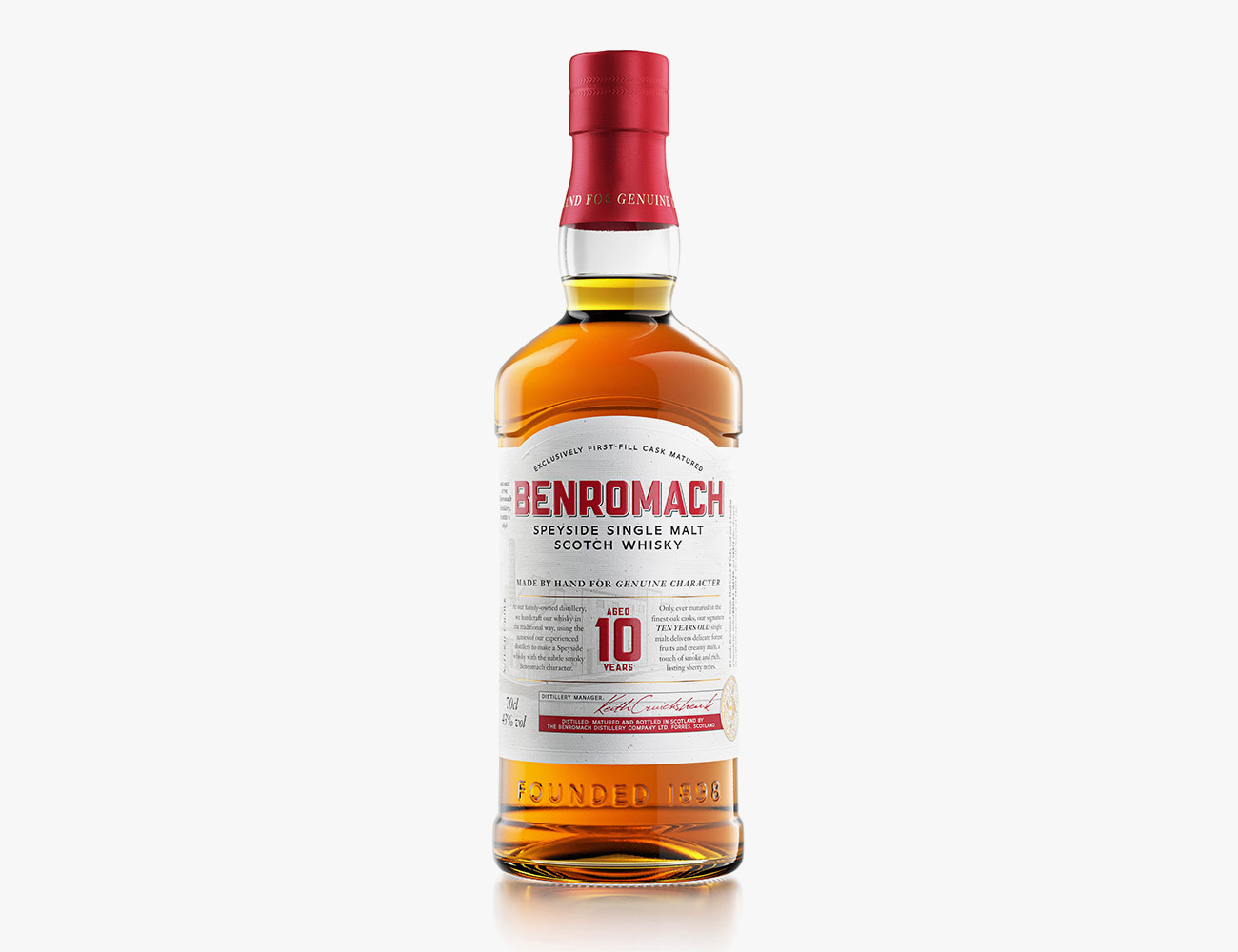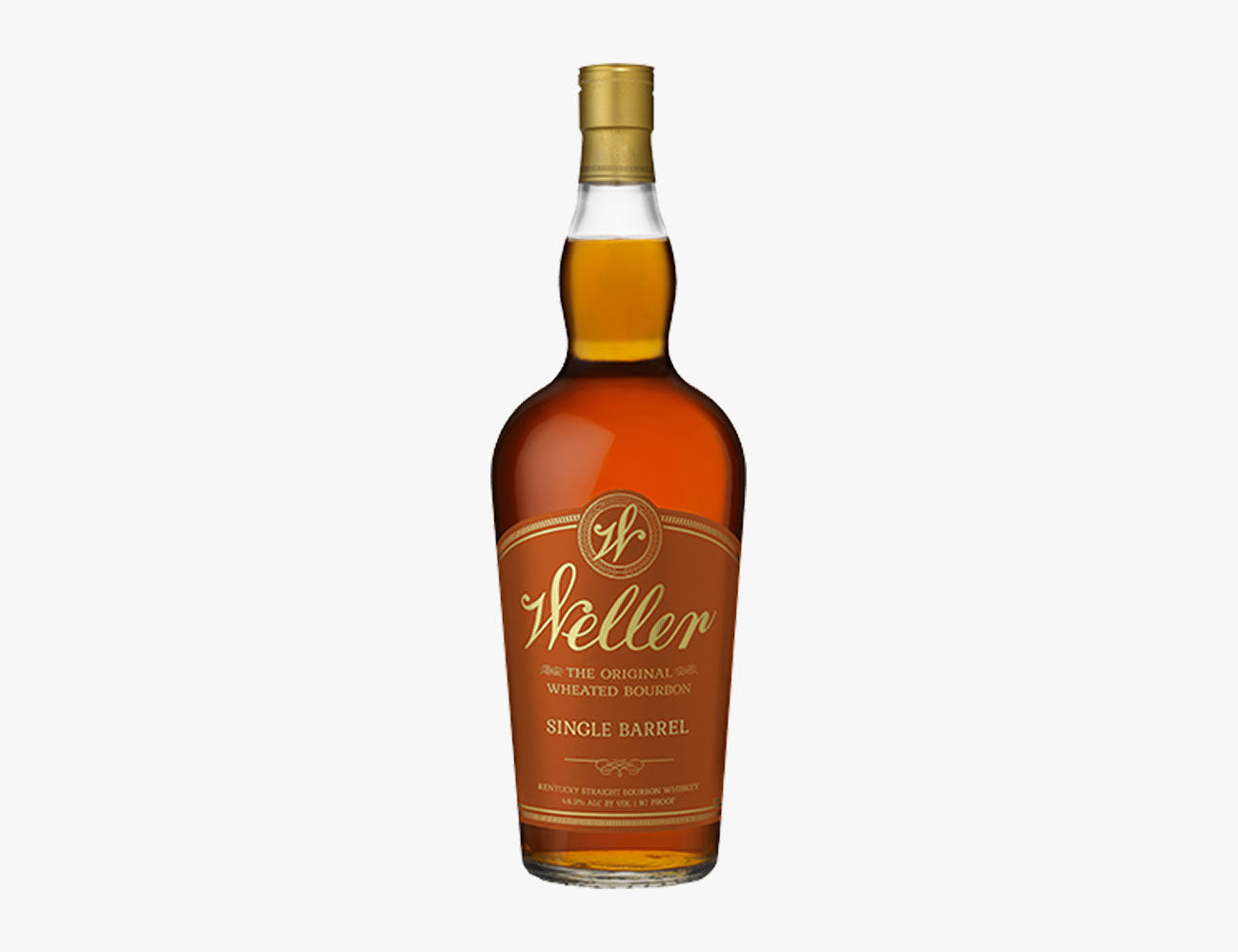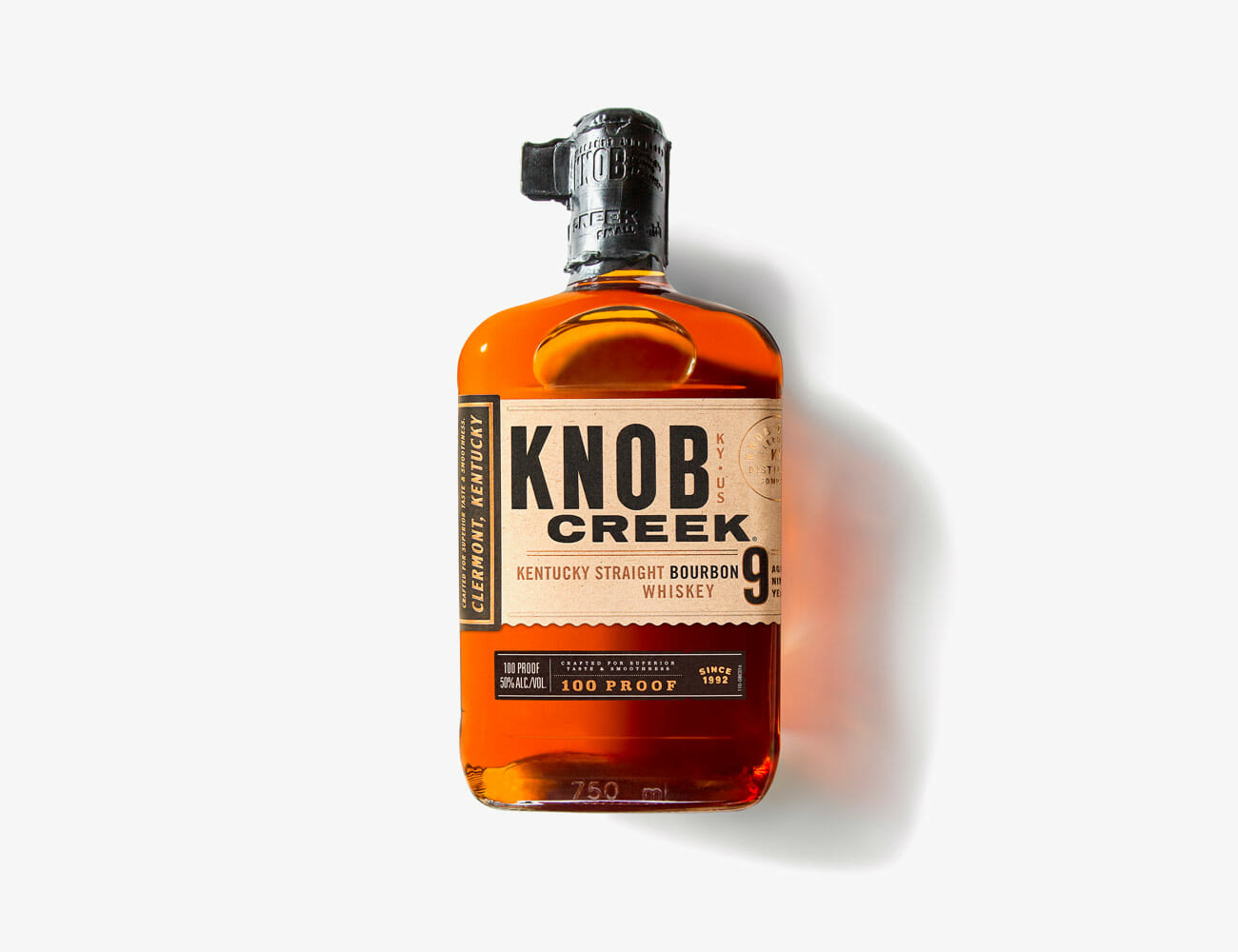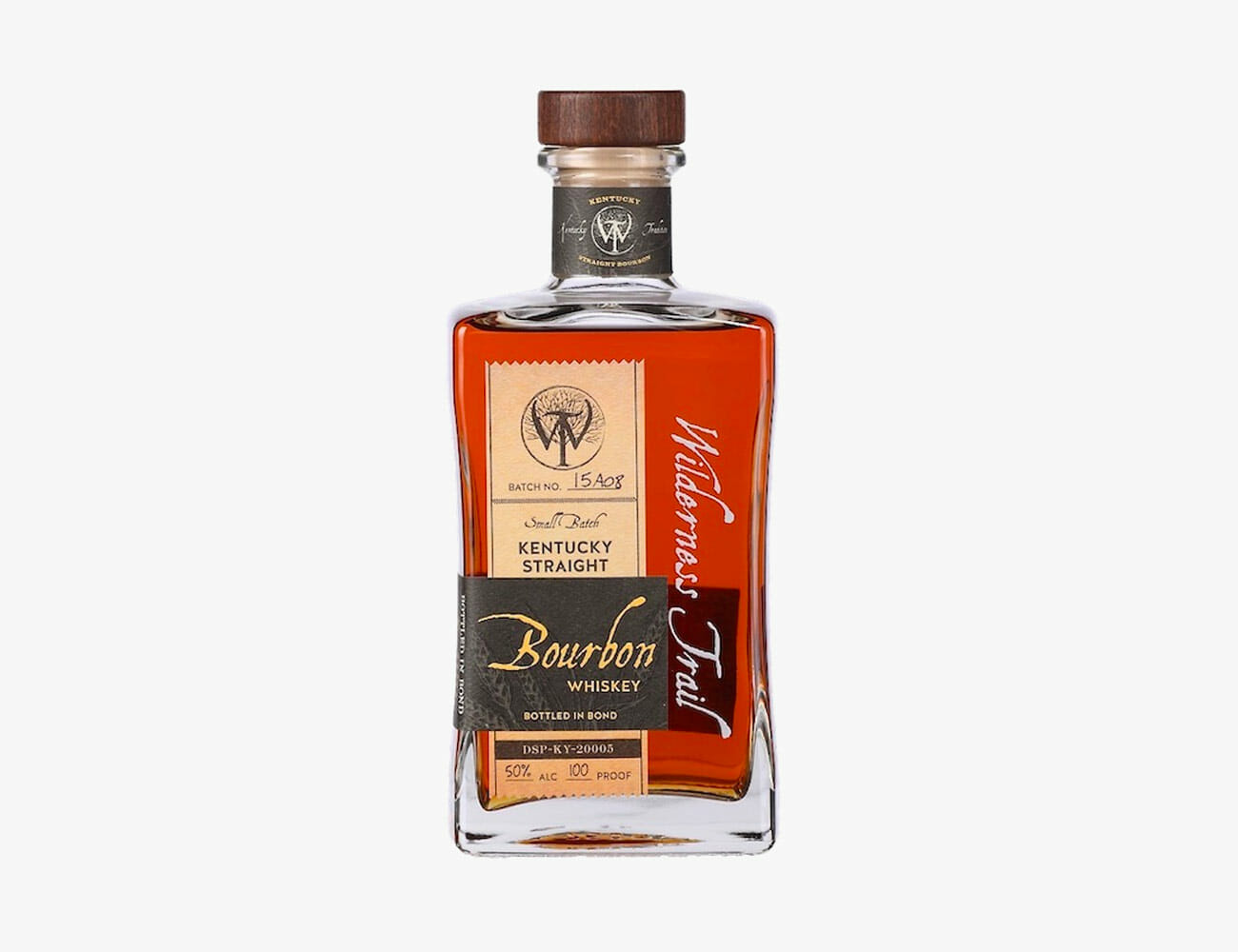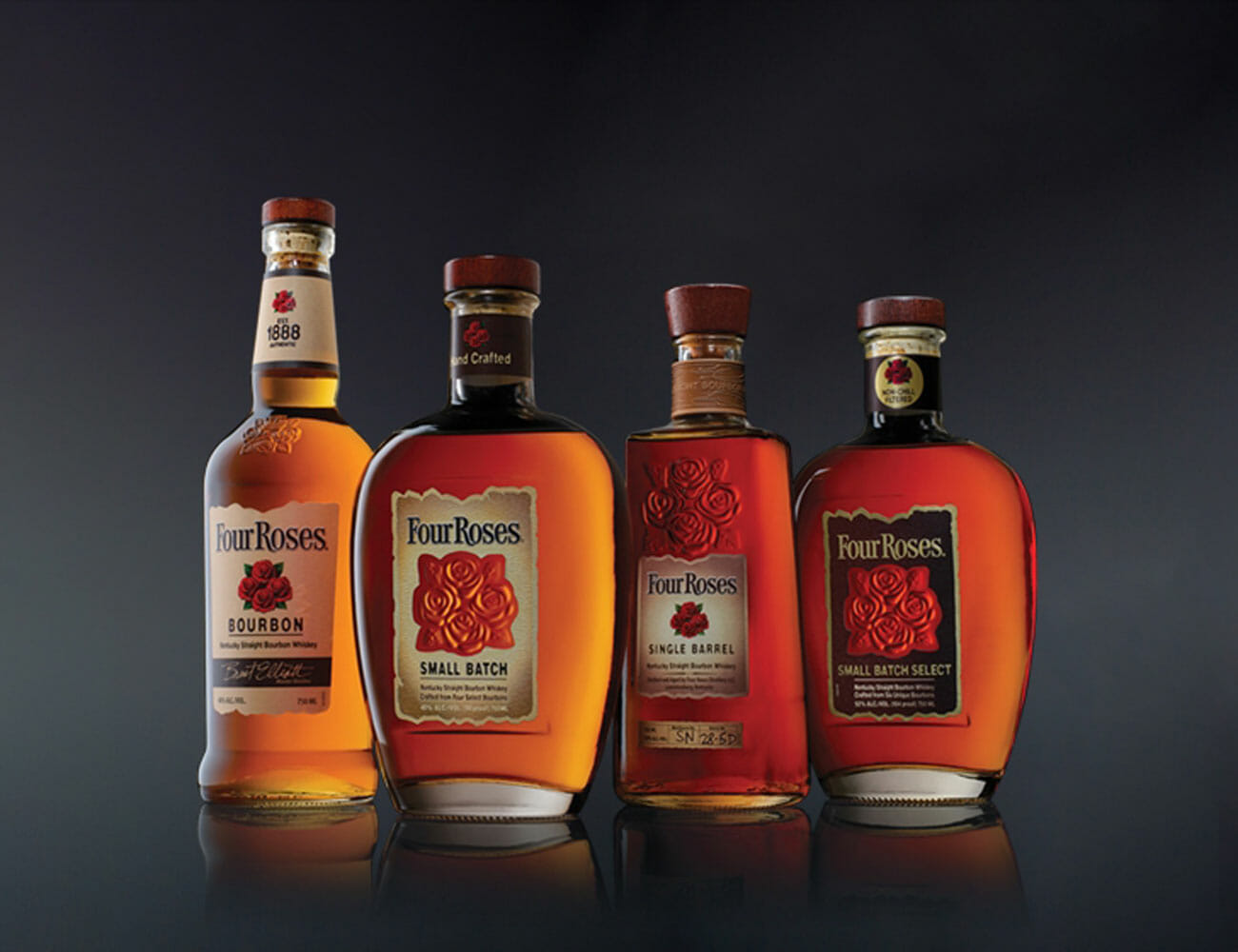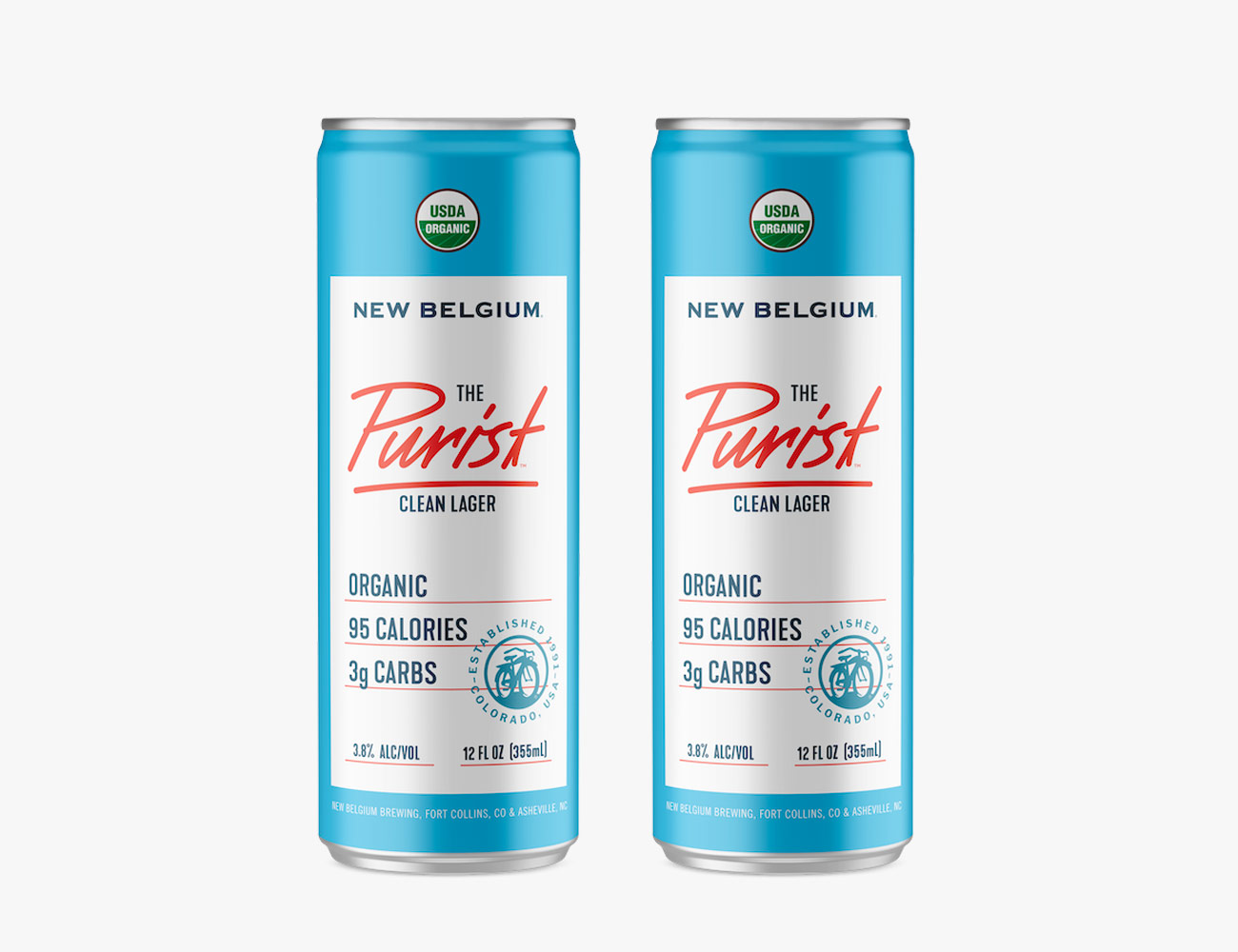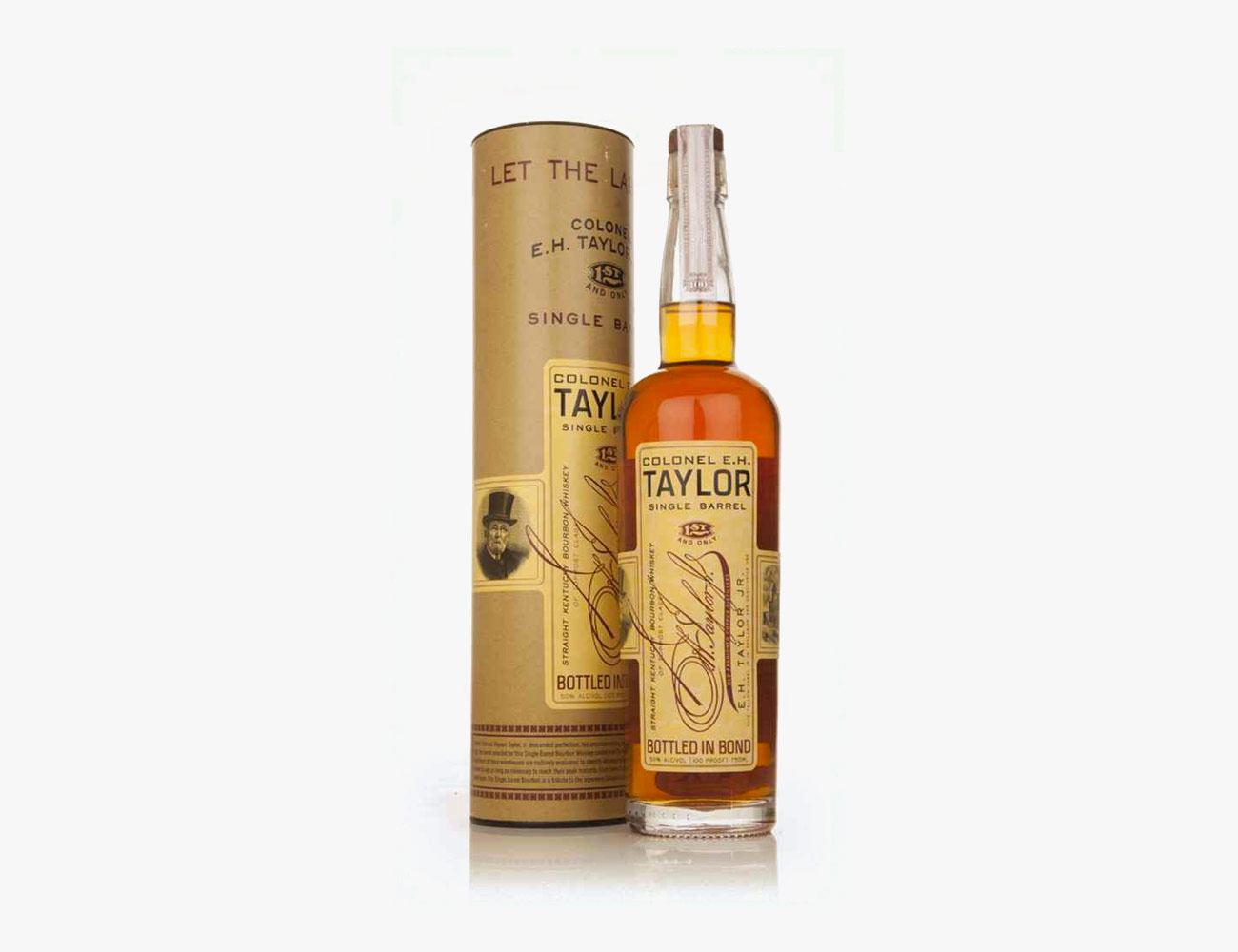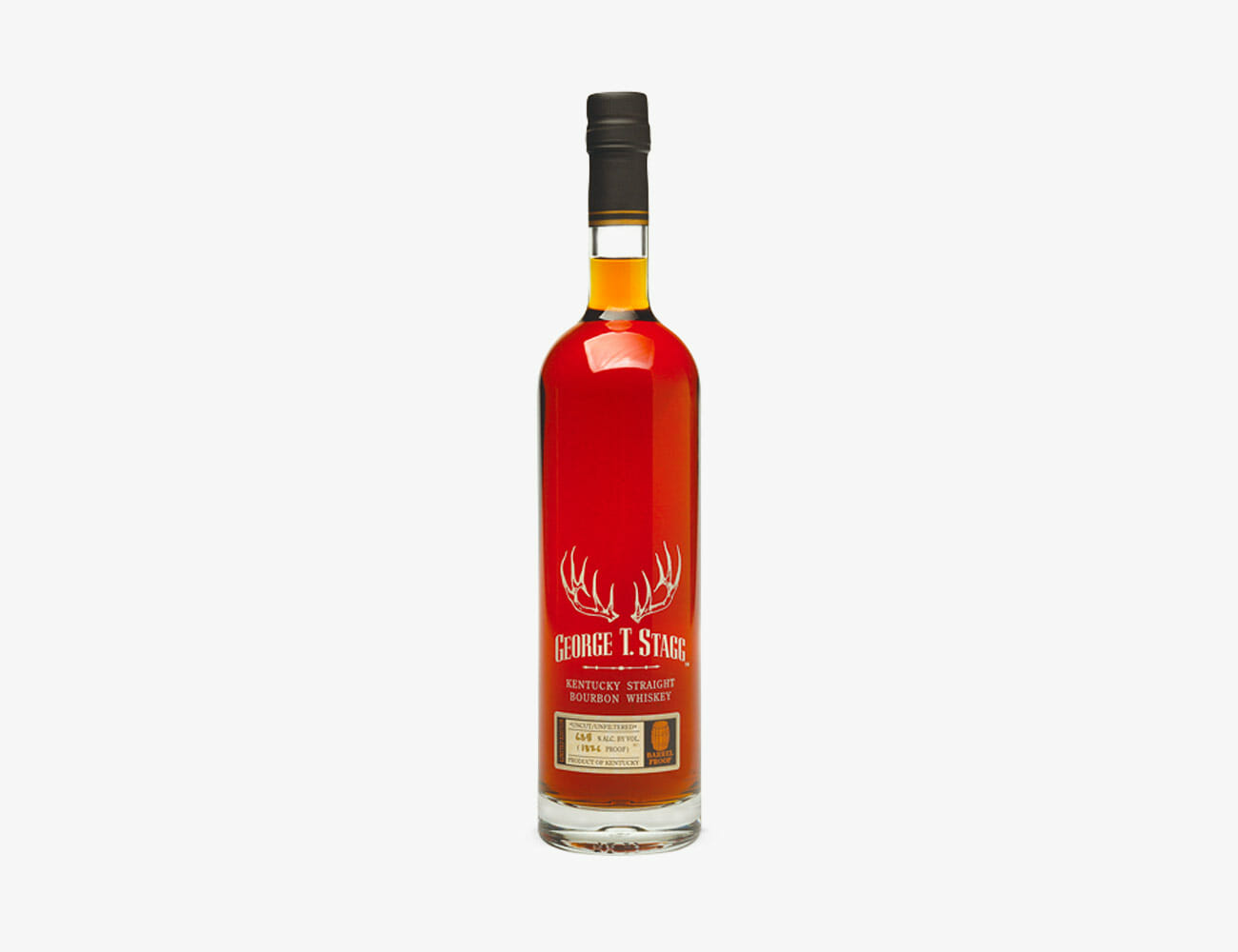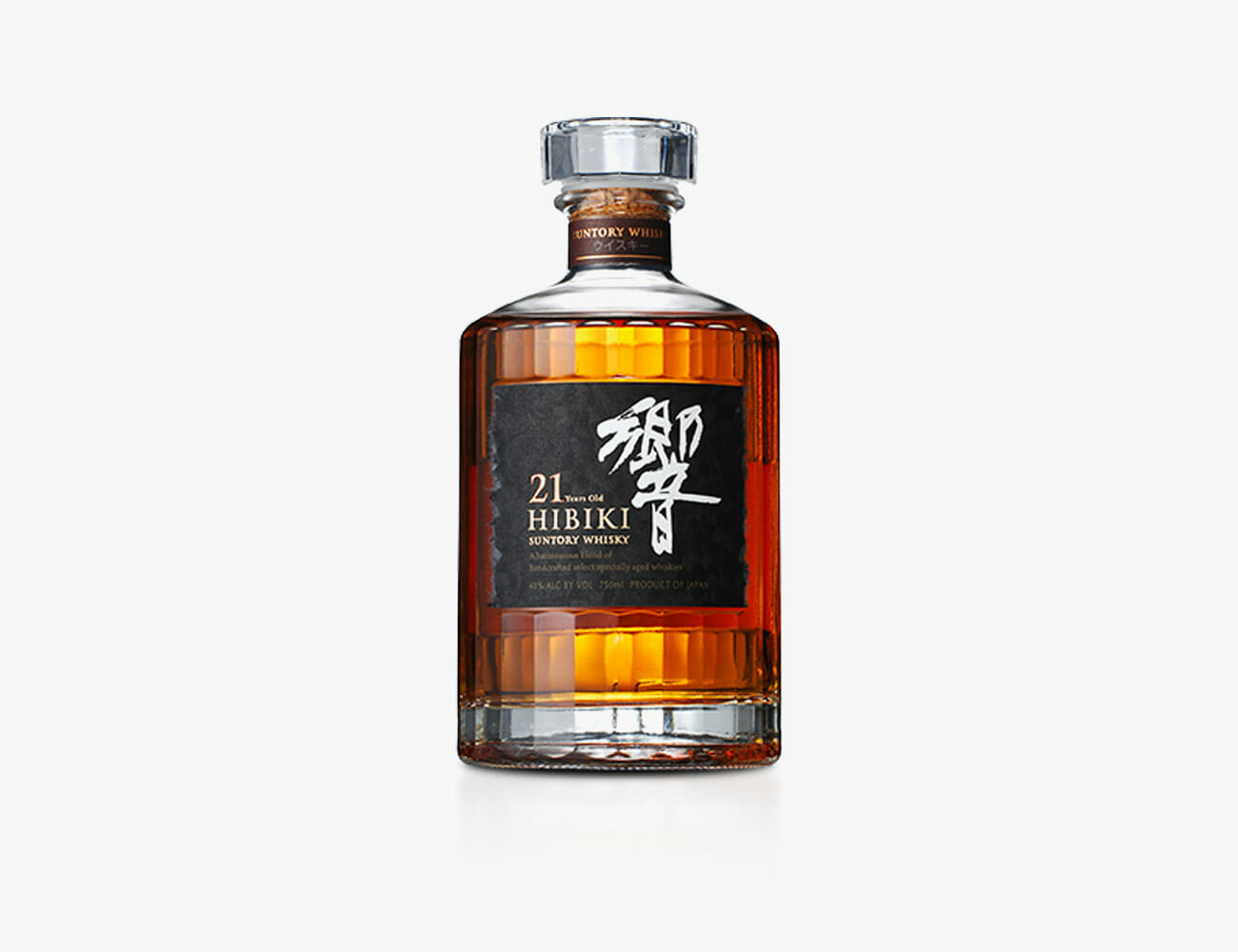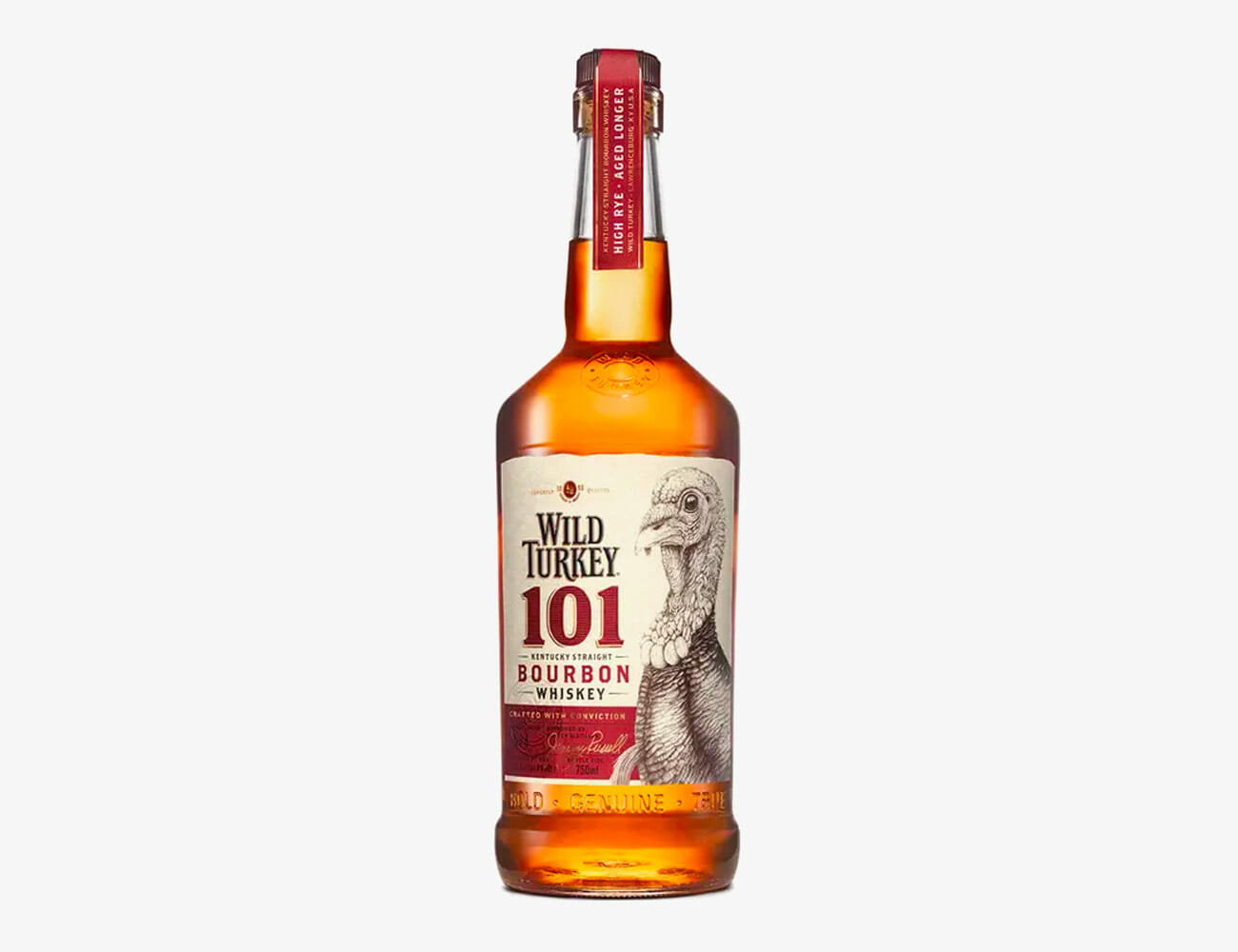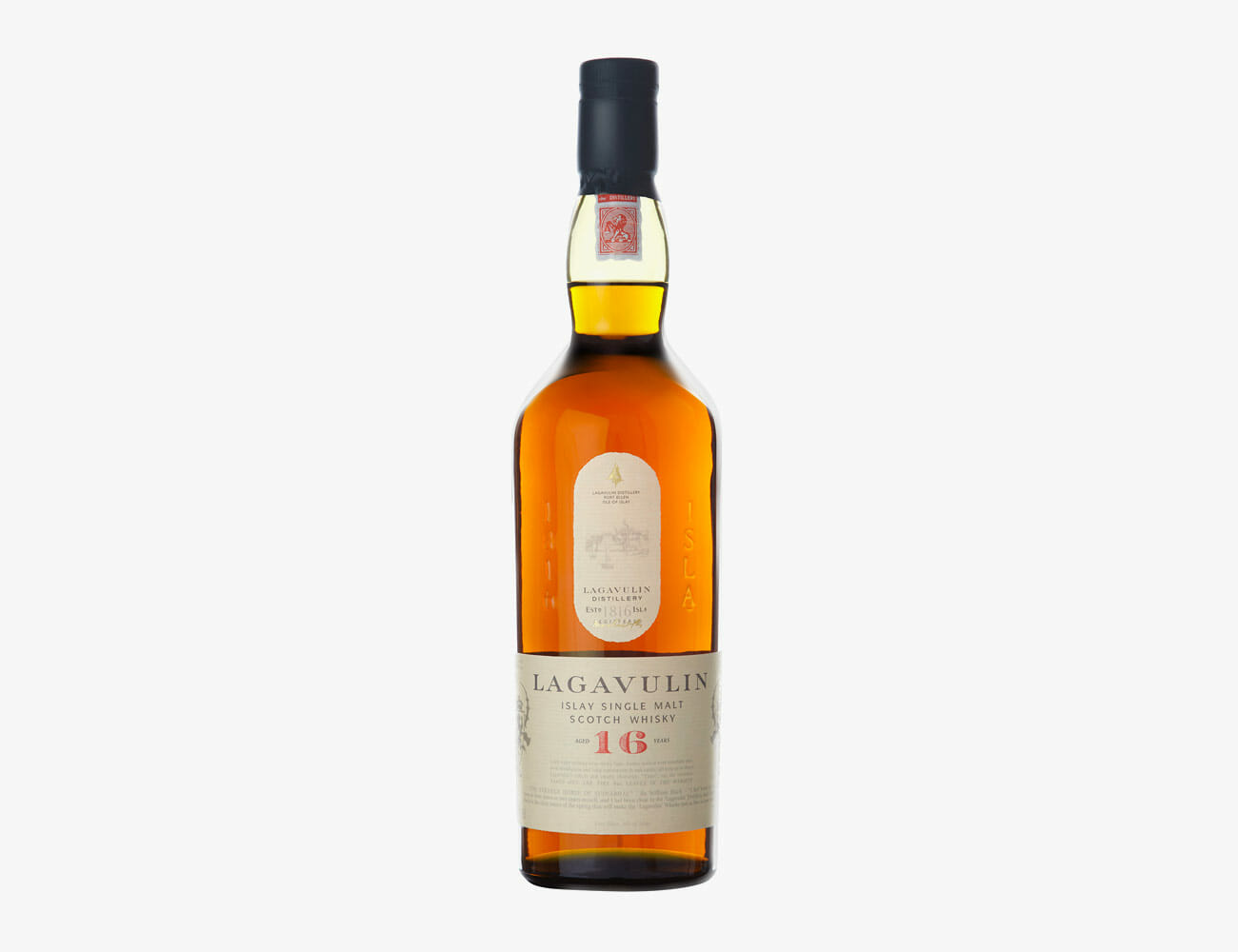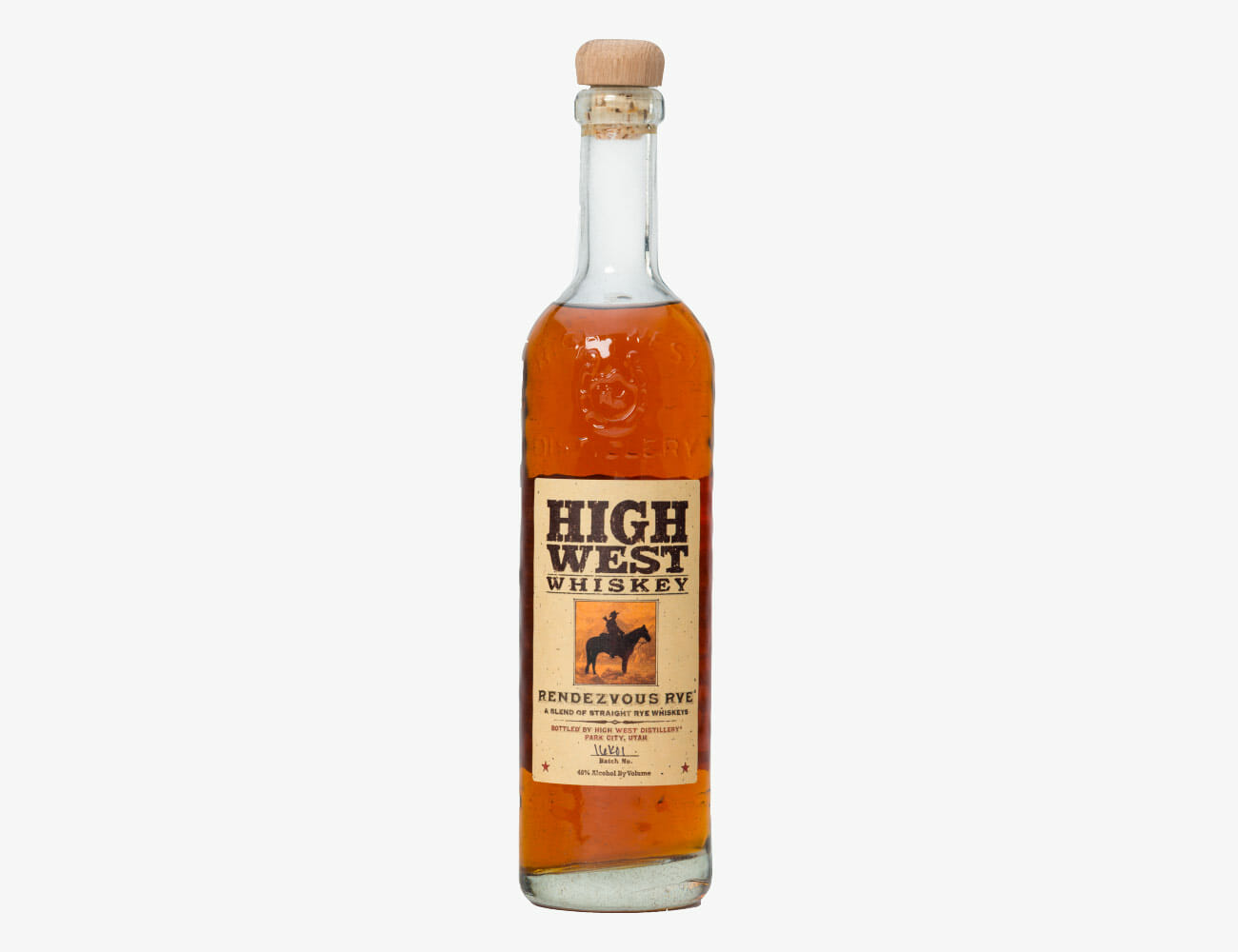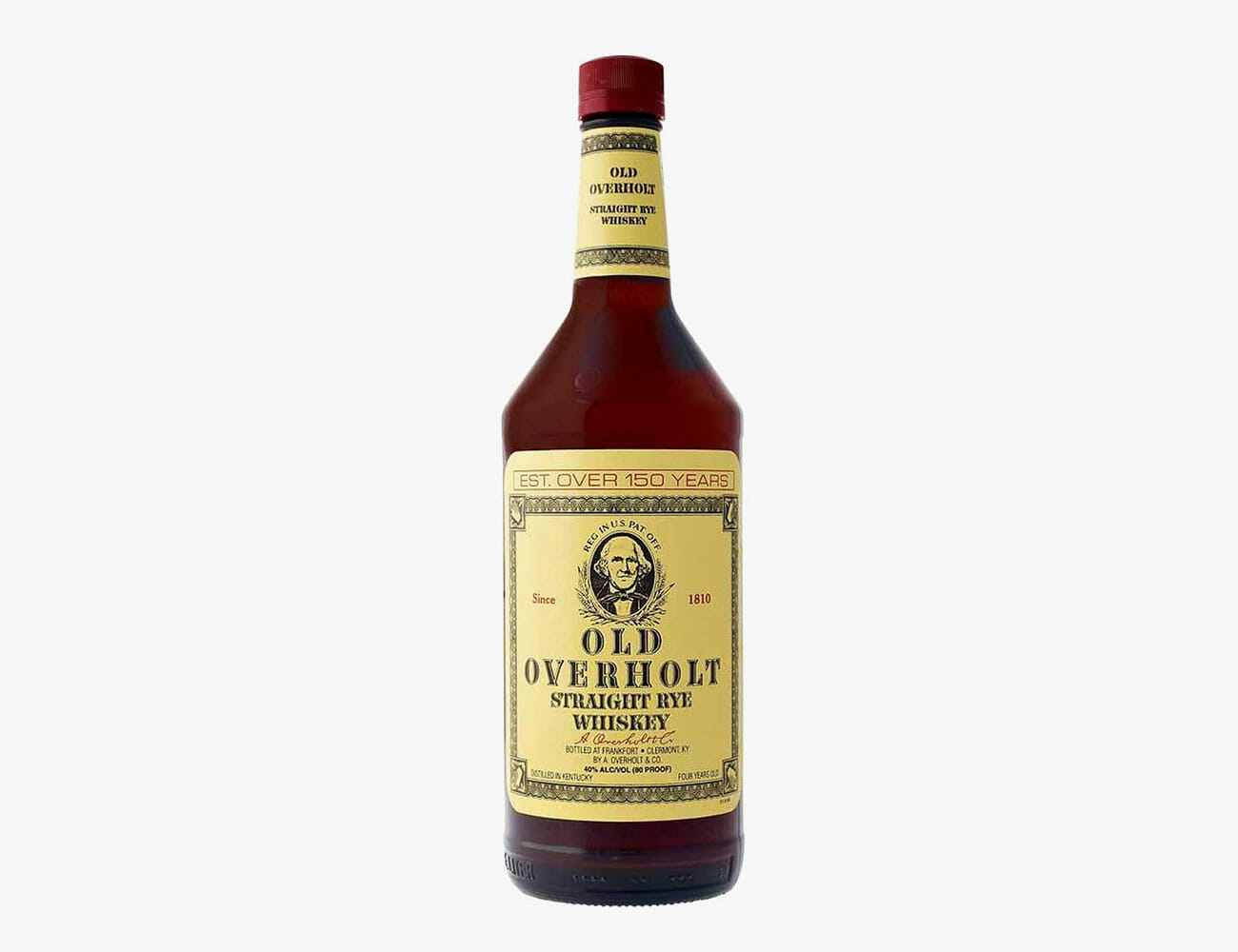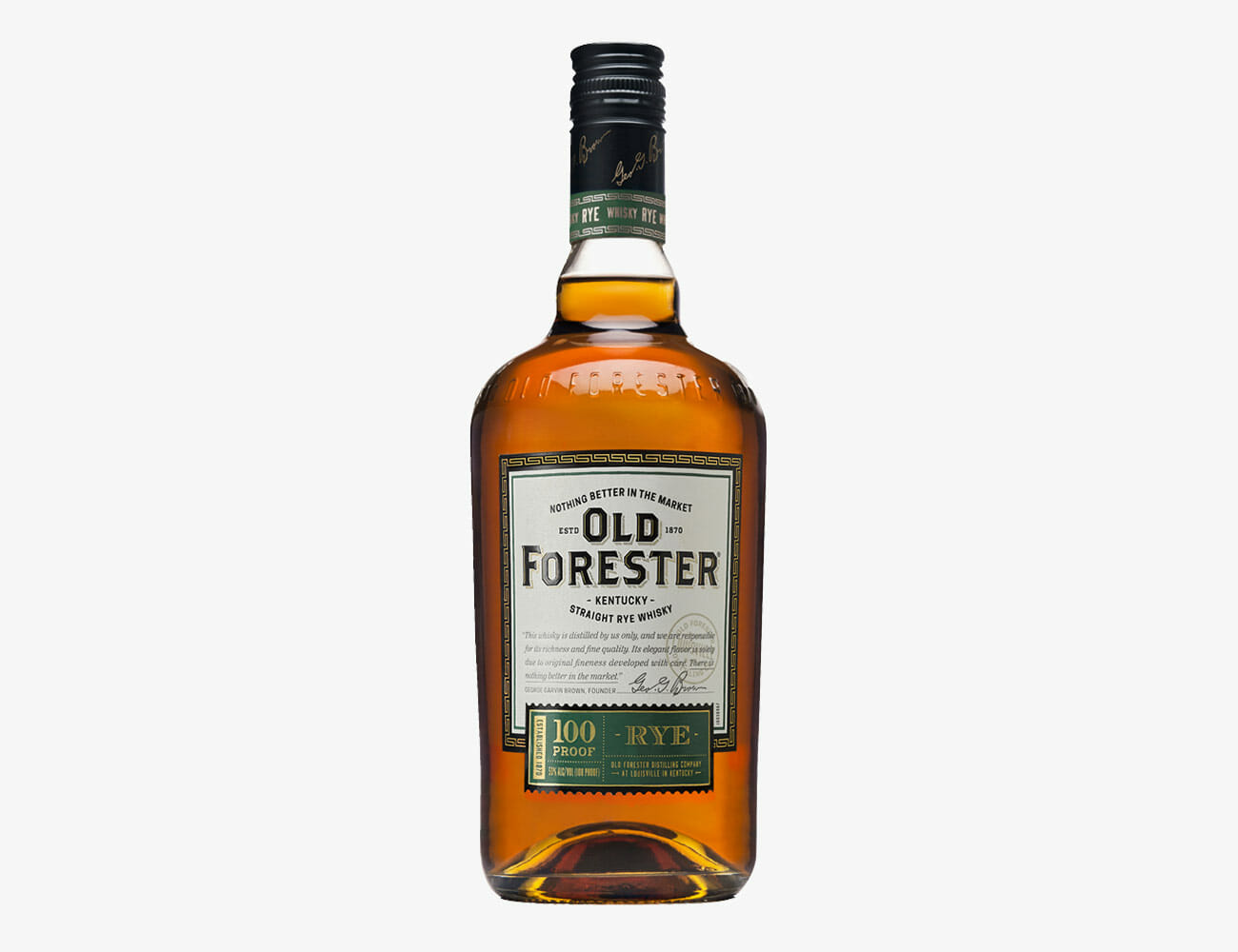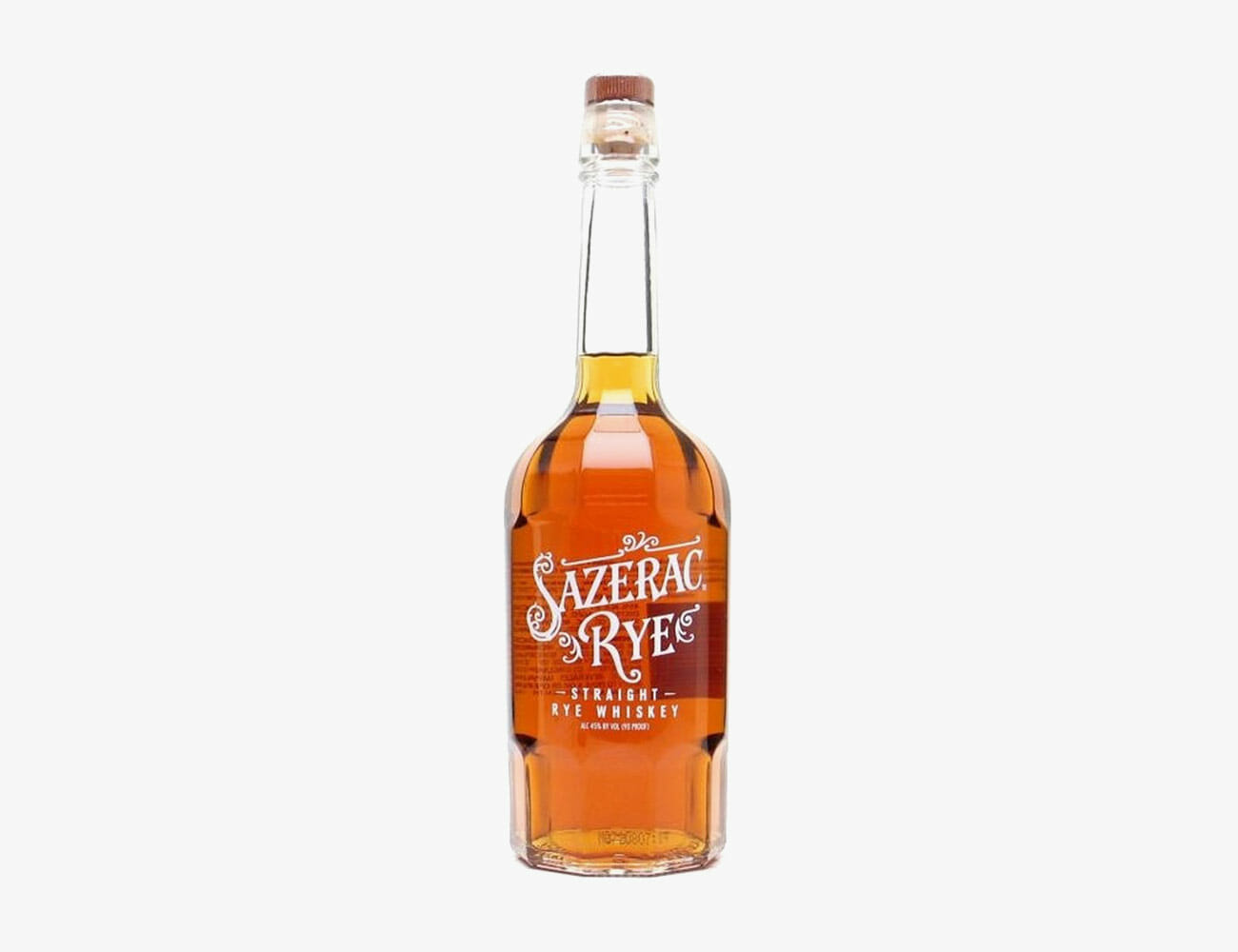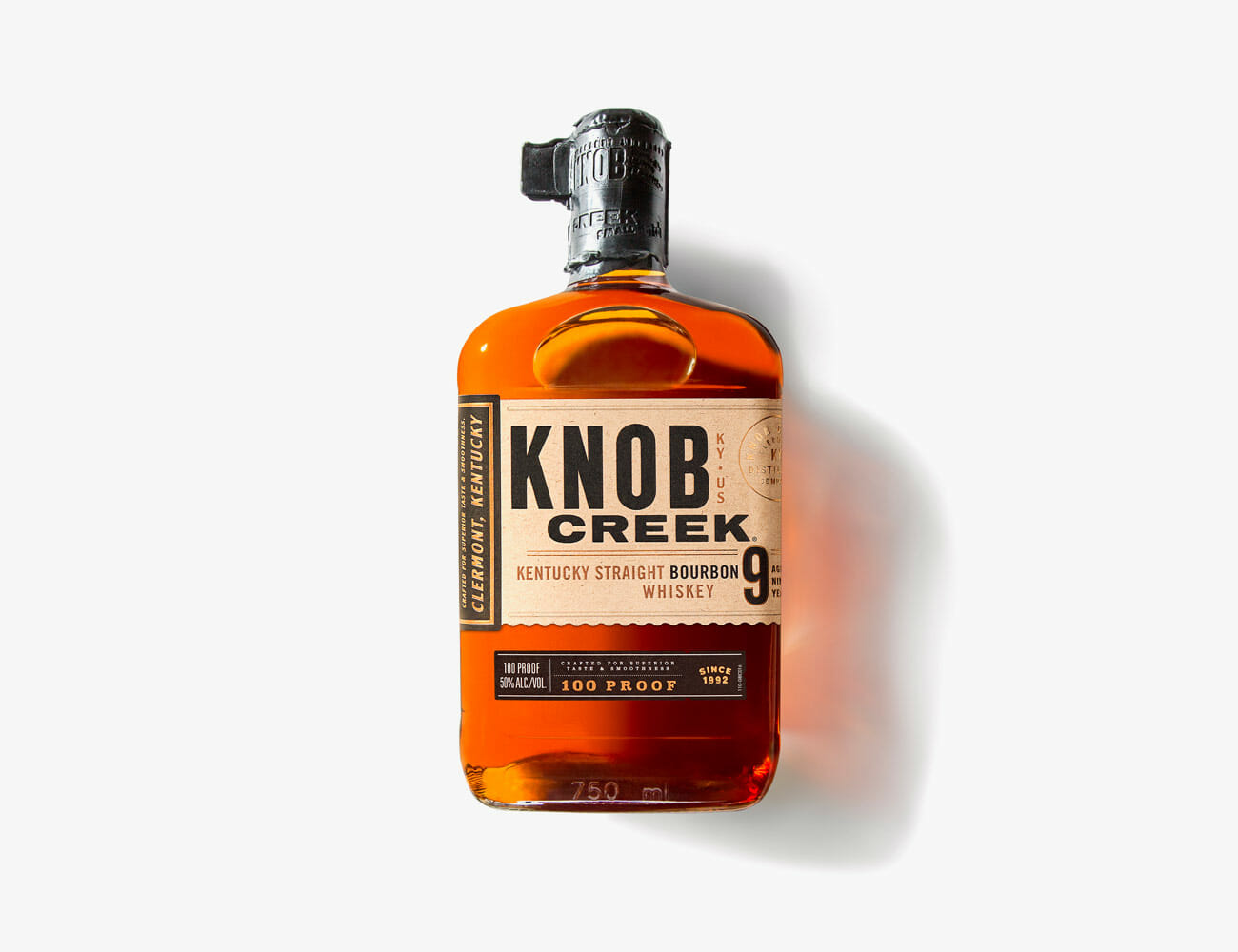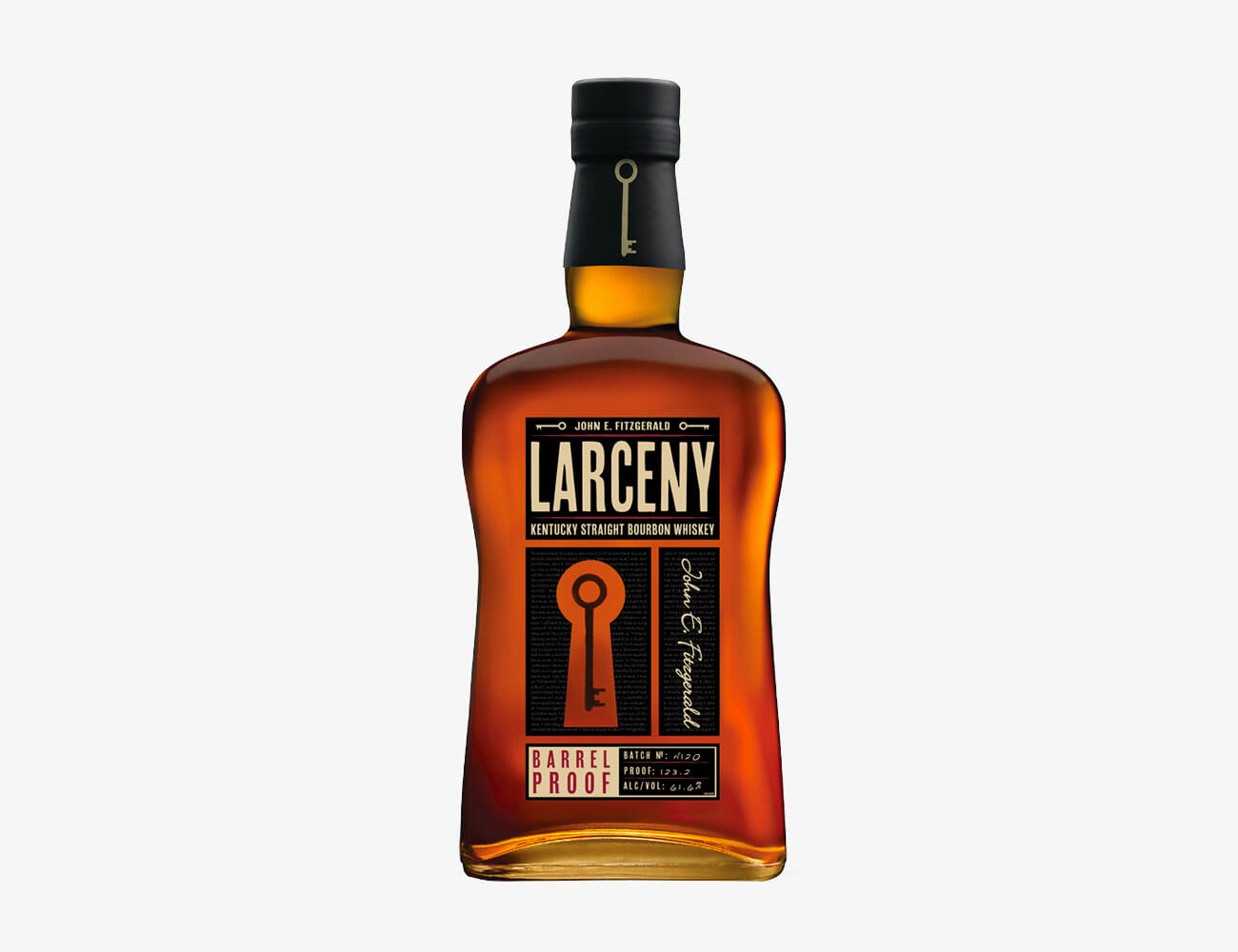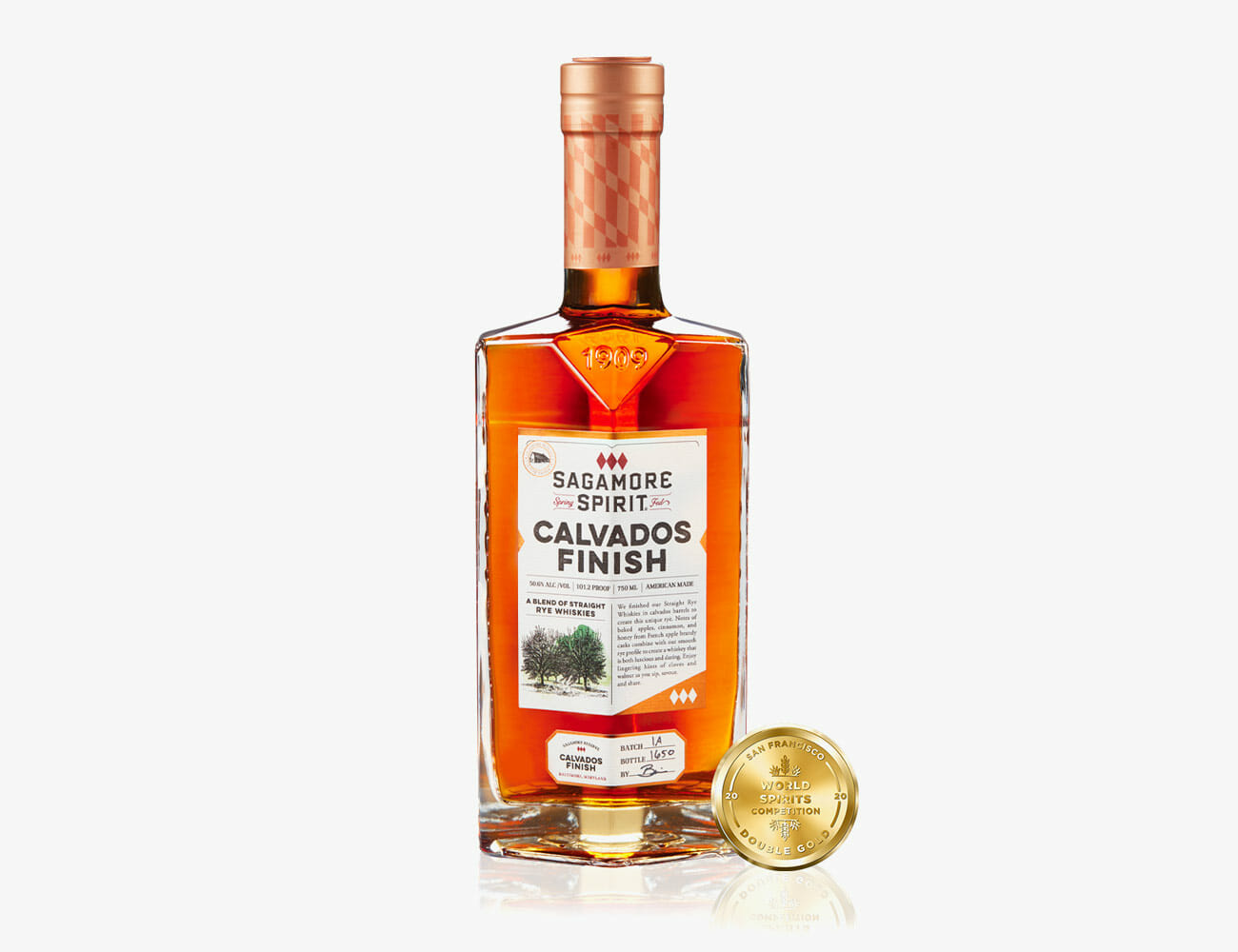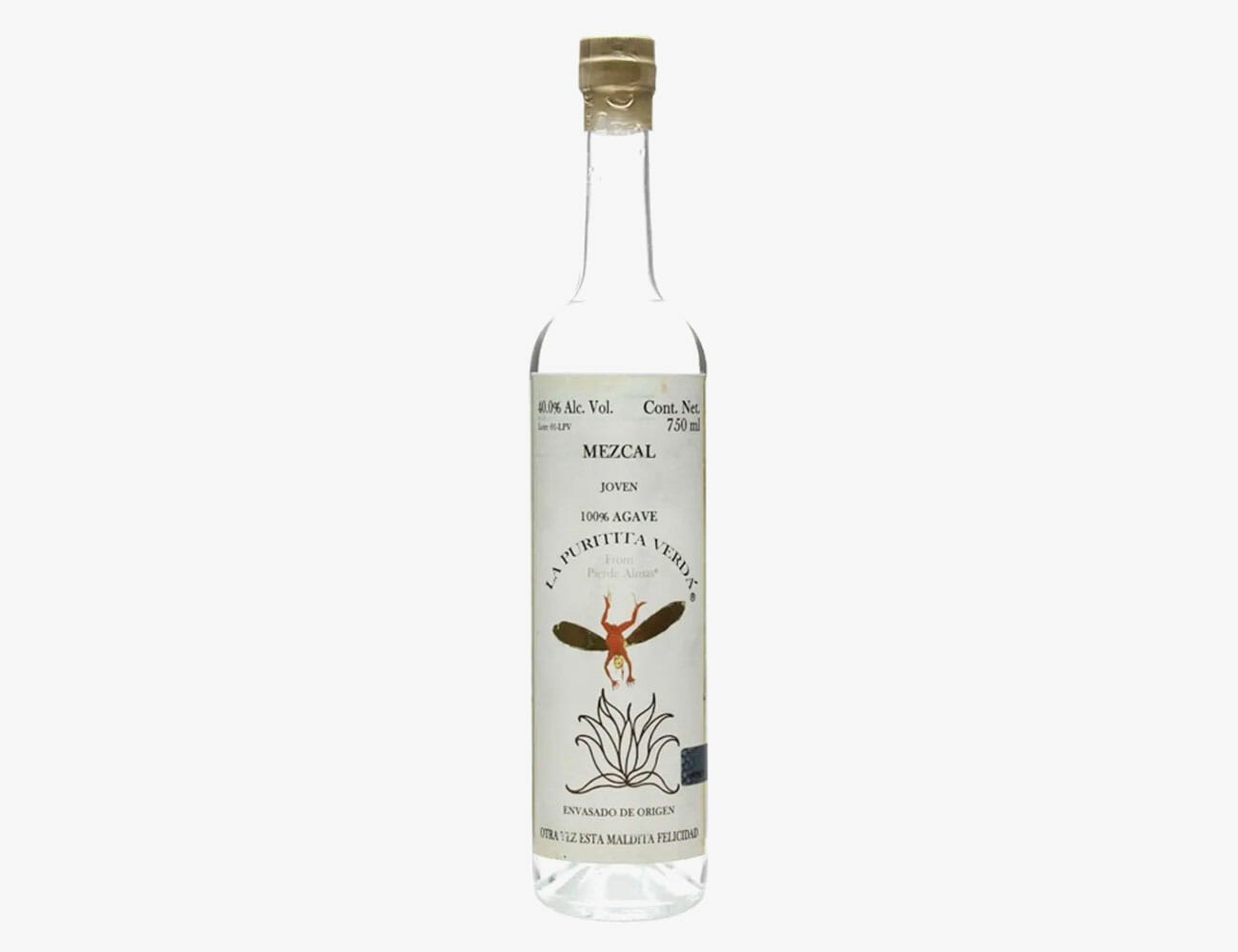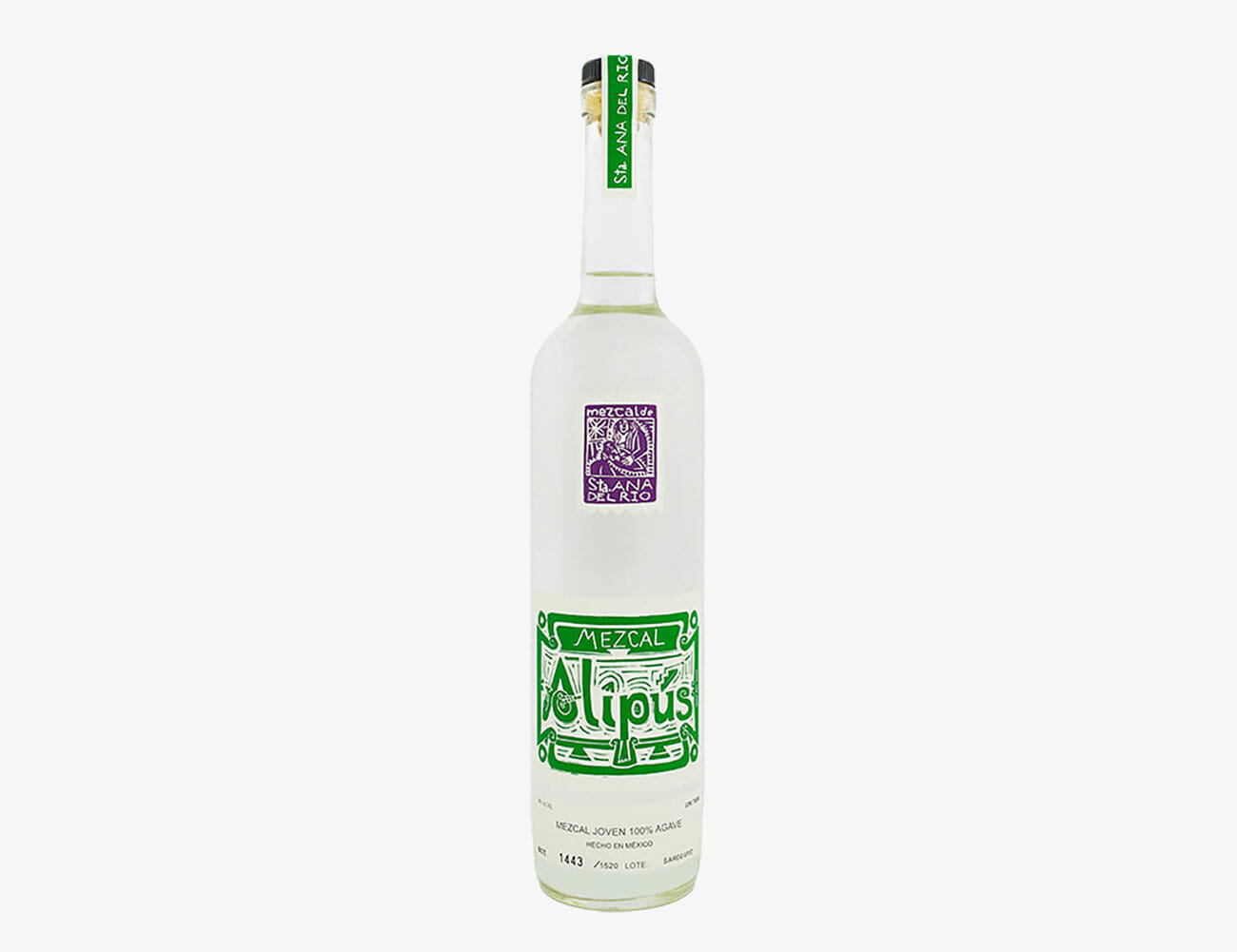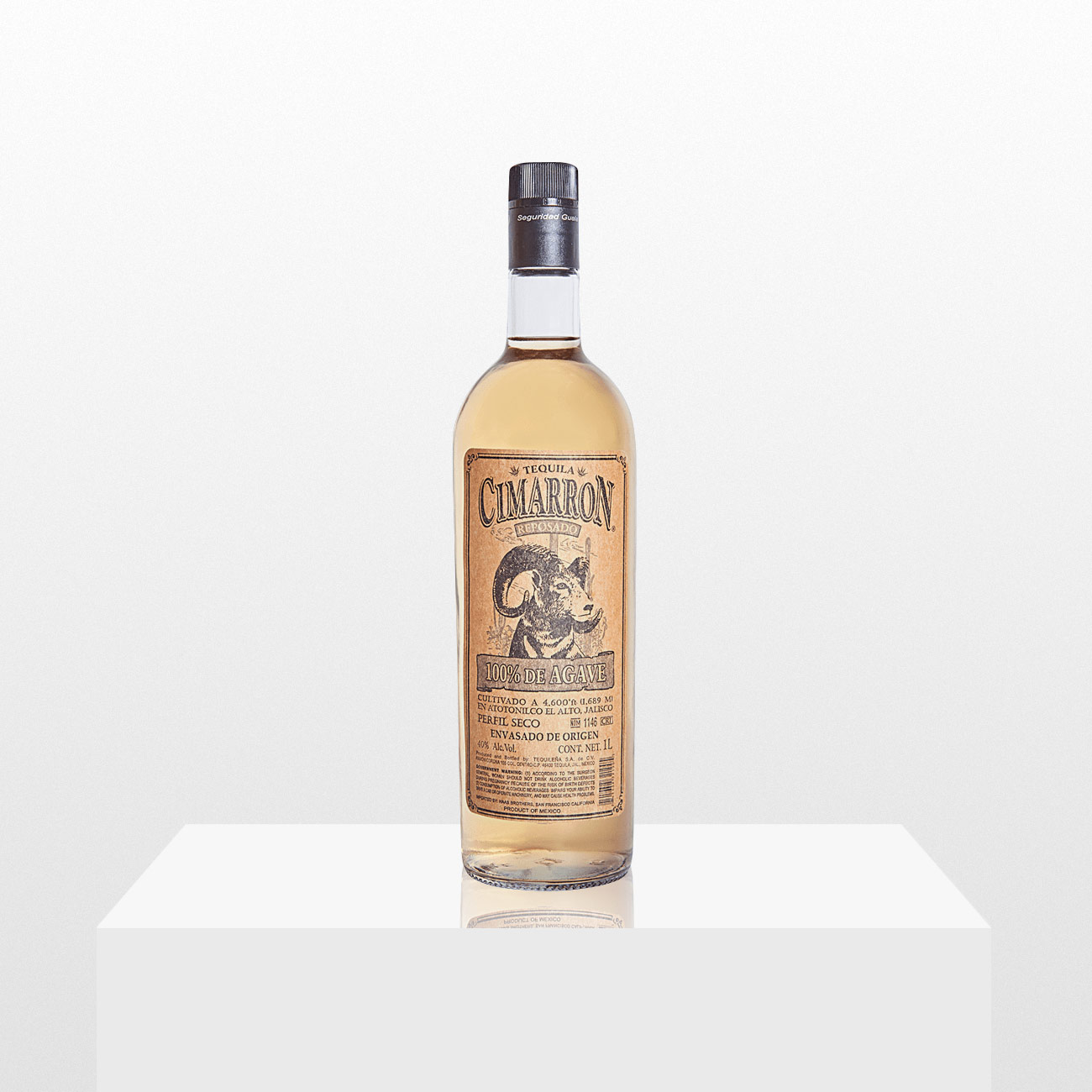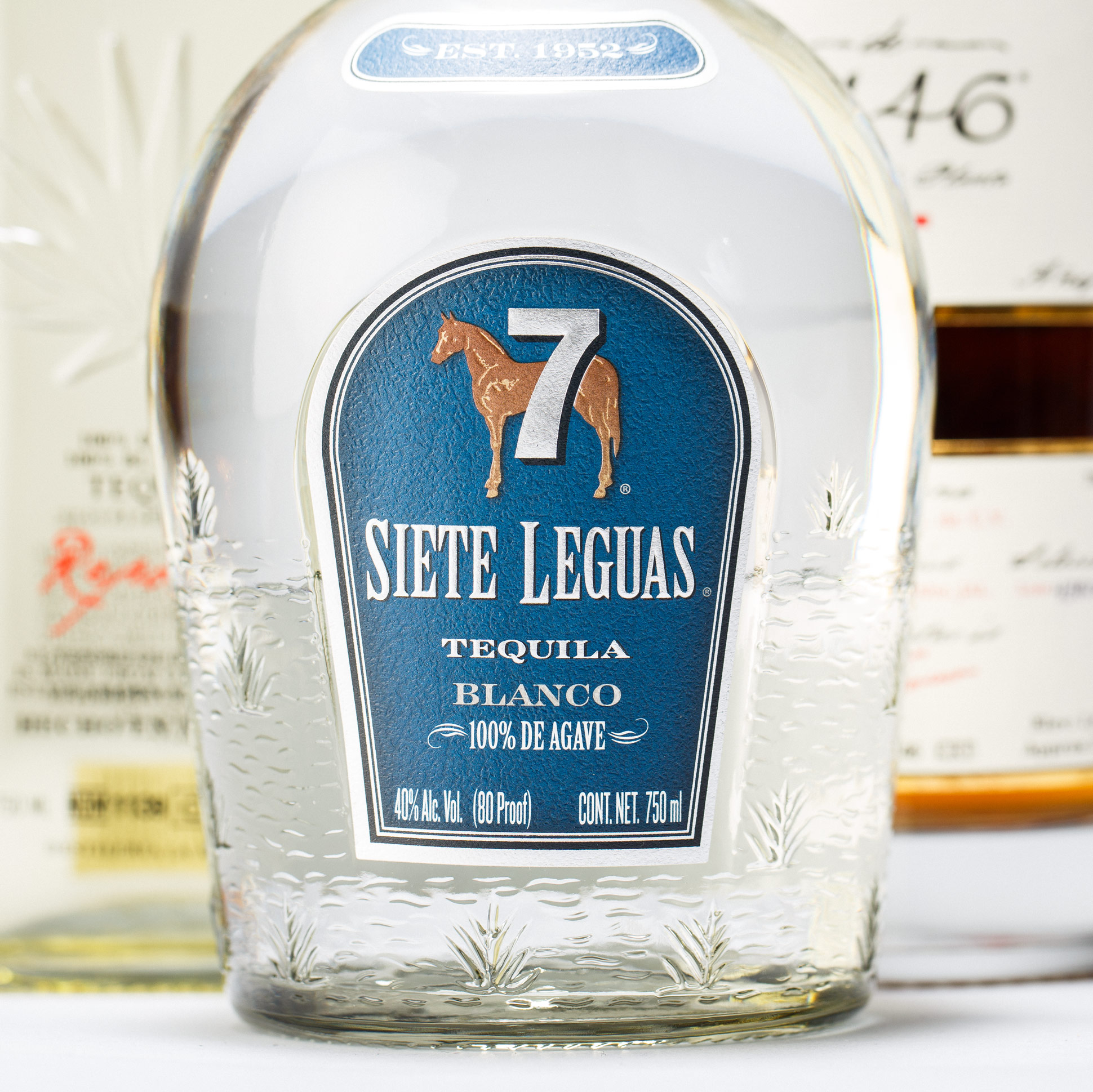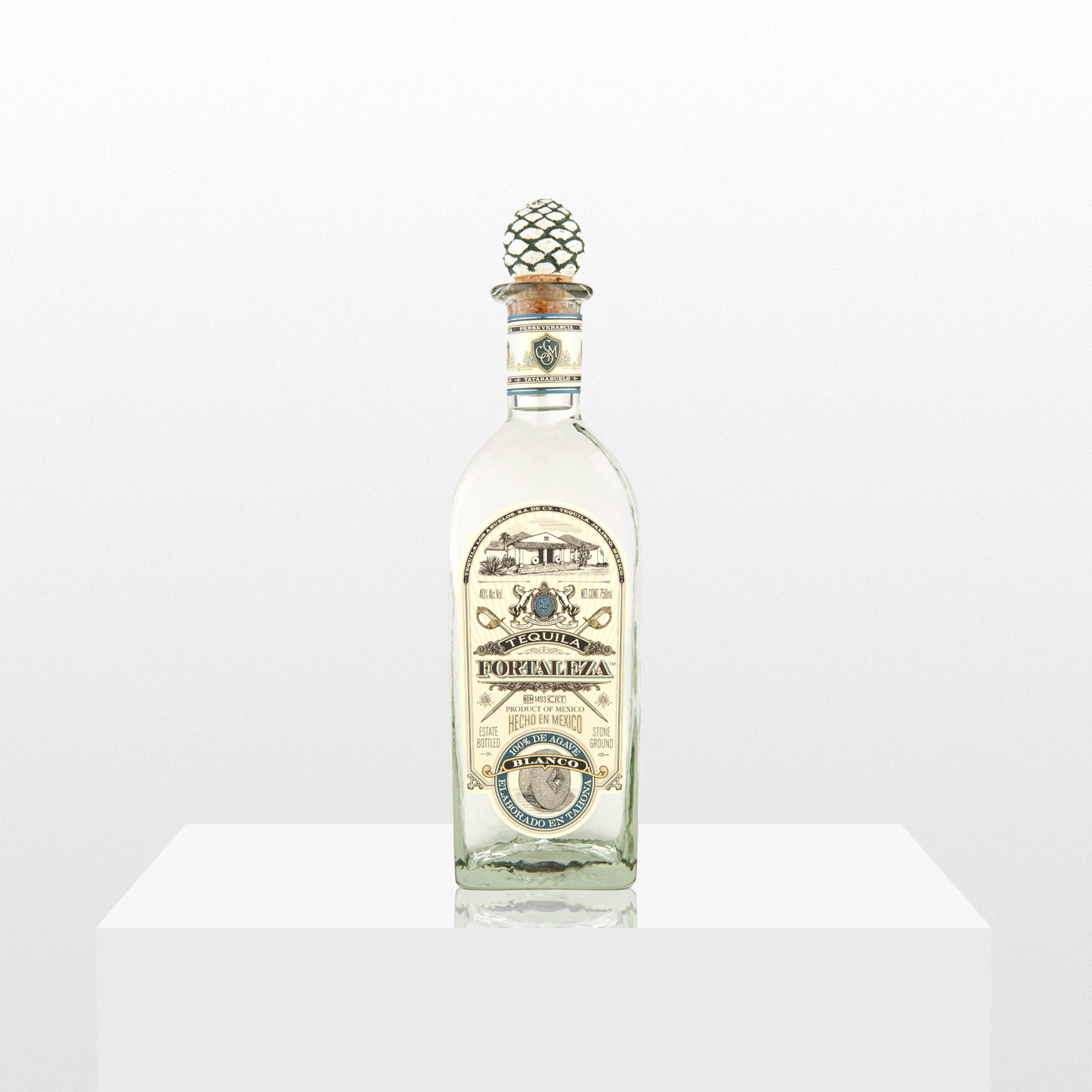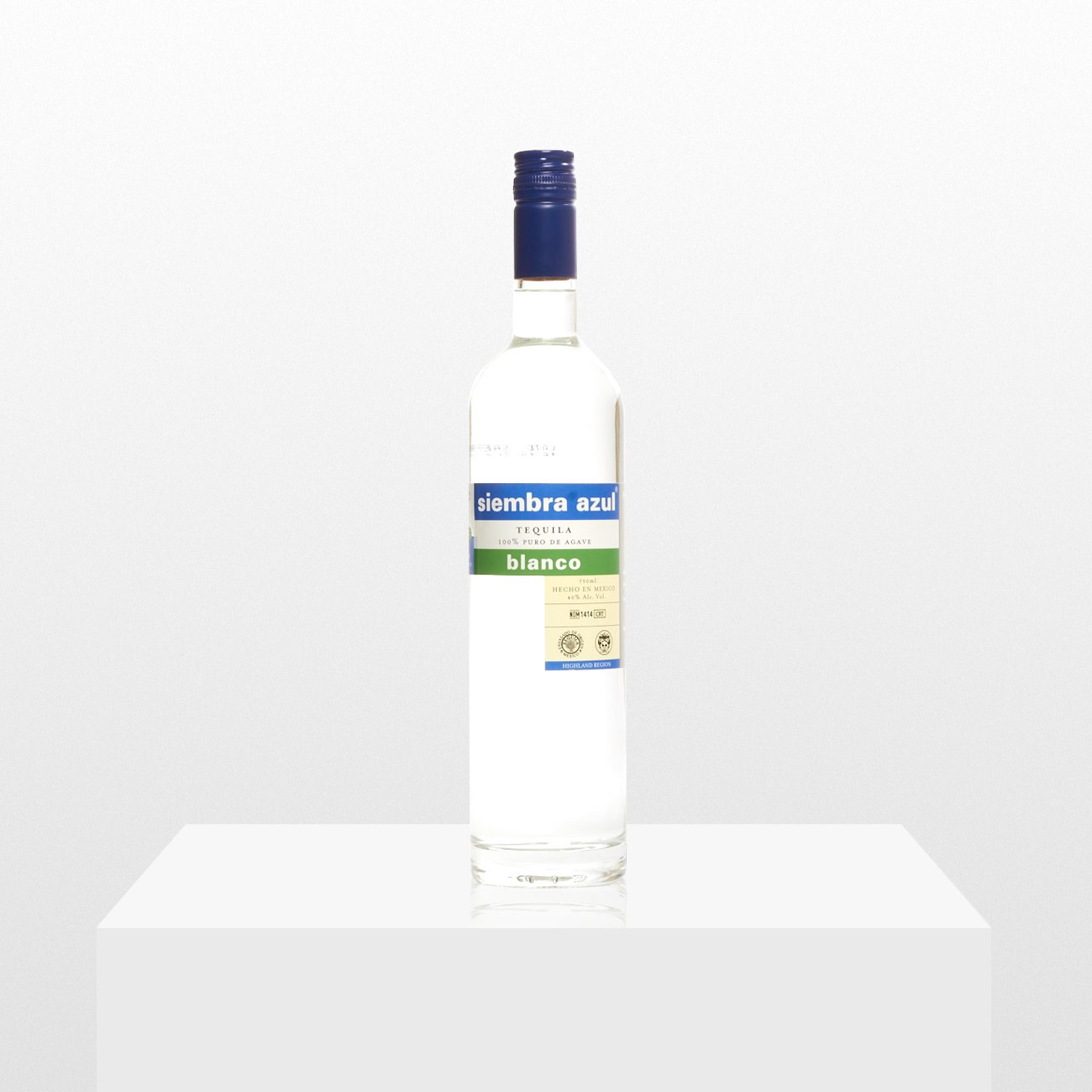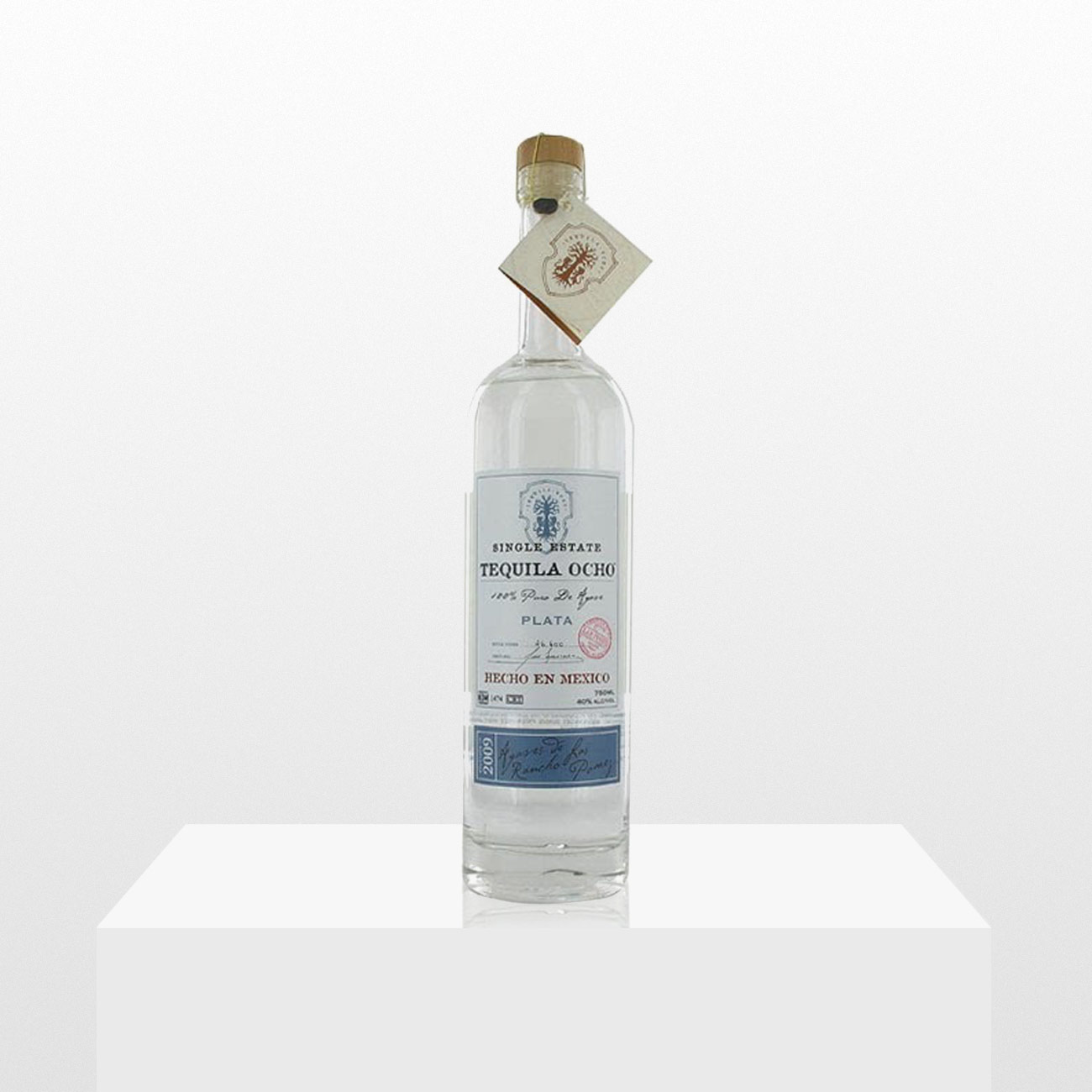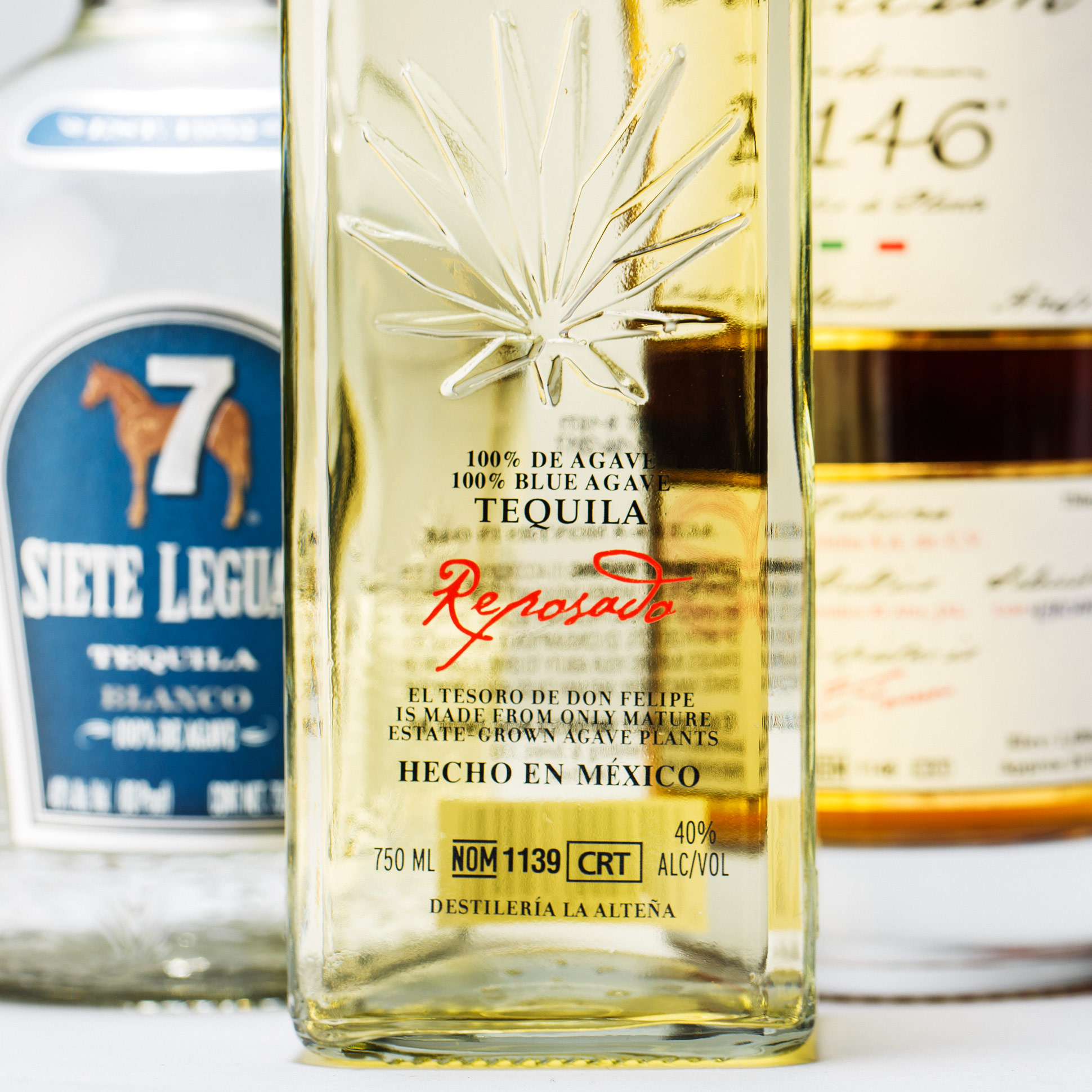The 14 Best Beers to Drink on the Fourth of July, According to Brewers
This year, the Fourth of July is going to be different. As we continue to do battle with a global pandemic while grappling with centuries-long systemic racism of Black people, America is being put to the test. As social distancing continues to be essential, the backyard gatherings that traditionally epitomize the Fourth are, for many, out of the question. But one of the great unifiers in this country is craft beer — it has the ability to bring people together.
So, we reached out to a bunch of America’s best brewers and asked what they’ll be drinking on the Fourth this year. Their picks are mostly low-ABV easy drinkers — what a summer beer should be. These are the beers some of America’s best brewers are drinking and sharing — at a safe distance — this Fourth of July.
Big Island Brewhaus Overboard IPA
Beer Style: IPA
ABV: 6.9%
Brewery Location: Waimea, HI
Distribution: Local
“I will be on the Big Island of Hawaii on July 4 visiting friends. When in Hawaii, I always drink Big Island Brewhaus. The owners Thom and Jayne are good friends and they make great beers and food at their brewery in Waimea. Their Paniolo Pale Ale and Overboard IPA are crisp, hoppy and not so alcoholic that I can’t have a few. Both beers go great with BBQ, which is a go-to Fourth of July meal in Hawaii. Aloha!” — Fal Allen, Anderson Valley Brewing Company
Fonta Flora Lake James Rind
Beer Style: Light Lager
ABV: 3.8%
Brewery Location: Nebo, NC
Distribution: Regional
“This Fourth of July I will be drinking ice cold cans of Lake James Rind by Fonta Flora Brewery. This fun riff on their excellent light lager features an addition of watermelon, lime zest and Tajin spice blend. Creativity and crushability unite with this offering from one of my favorite breweries.” — Tim Adams, Oxbow Brewing Company
Avery Brewing Co. Night Warden
Beer Style: Imperial Whiskey Barrel-Aged Stout
ABV: 8.2%
Brewery Location: Boulder, CO
Distribution: Regional
“This Fourth we’re off to the mountains to camp. I’m bringing two ‘optimism’ six packs. I’m channeling some mild weather — perfect for campfires, hoodies and stouts! Who drinks stouts in July? This girl. My breakfast stout of choice is Horse & Dragon’s Sad Panda Coffee Stout — roasted coffee and chocolate flavors are perfect with campfire bacon and eggs. Mid-day hammock nap then switching to Avery’s Night Warden Whiskey-Barrel Aged Stout which’ll dovetail perfectly into the afternoon/evening campfire burgers. Then, s’mores. Perfect day!” — Lauren Limbach, New Belgium Brewing Company
Tired Hands Brewing Company Antenna
Beer Style: Witbier
ABV: 4.8%
Brewery Location: Ardmore, PA
Distribution: Local
“I had the pleasure of meeting and getting to know Jean and Colin from Tired Hands on a Hop Farm visit trip to Australia this past March before the pandemic hit. We swapped boxes of beer after and my surprise favorite was Antenna, a Witbier brewed with raw wheat, orange peel, and coriander fermented in oak. It has loads of funky and tropical character with a gorgeous acidity and is incredibly refreshing. I can’t think of anything better on a hot day outdoors. I will be saving my last can for the holiday!” — Adam Beauchamp, Creature Comforts Brewing Co.
Russian River Brewing Pliny For President
Beer Style: Double IPA
ABV: 8%
Brewery Location: Santa Rosa, CA
Distribution: Regional
“This Fourth of July I think we can all agree that this country is desperate for some real leadership. That’s why I am heartily endorsing Russian River’s ‘Pliny For President’, a double dry-hopped version of Pliny the Elder that has every American’s interests at heart. Crammed full of Simcoe, Amarillo, Crystal, and Citra, this beer is a big firecracker that will blow right through those ribs and burgers and reveal… AMERICA.” — Garrett Oliver, Brooklyn Brewery
La Cumbre Beer
Beer Style: Light Lager
ABV: 4.7%
Brewery Location: Albuquerque, NM
Distribution: Regional
“The best Fourth of July beer is obviously… BEER! First of all, it is funny, and for those of you who spend time in the trademark realms, this is pretty awesome. Past that, Beer is simply a super high quality and delicious craft Lager. Clean, crisp and just hoppy enough to satisfy the hop snob in us all — easy enough to crush and complex enough to pontificate on. Hats off to the La Cumbre crew for pulling this off with such style.” — John Walker, Athletic Brewing Company
Wild East Brewing Company Patience & Fortitude
Beer Style: Czech-Style Pilsner
ABV: 5.1%
Brewery Location: Brooklyn, NY
Distribution: Local
“I’ve enjoyed the heck out of Wild East’s entire portfolio so far, and their Czech Pils Patience & Fortitude is a great local option for July 4 here in NYC. True to its bohemian roots, it’s an easy drinking pilsner with rustic character and a traditional European hop profile. I had a few the other day on the porch and it was perfect. Huge fans of the whole crew over there, and proud to have them as part of NYC’s brewery scene.” — Joe Correia, Torch & Crown Brewing Company
Suarez Family Brewery Palatine Pils
Beer Style: Pilsner
ABV: 4.8%
Brewery Location: Brooklyn, NY
Distribution: Local
“Palatine Pils is a great hoppy pilsner beer. It has assertive bitterness that keeps you refreshed and looking forward to the next sip. Pilsners are ideal for drinking in hot weather and with how hot and humid it’s been recently, this is definitely what I’m going to reach for this Fourth of July.” — Jack Hendler, Jack’s Abby
Zillicoah Beer Company Kellerpils
Beer Style: Pilsner
ABV: 4.9%
Brewery Location: Woodfin, NC
Distribution: Regional
“Nothing goes better with summer heat, flaming grills and explosive fireworks than cold lagerbier. The fine (and oh so thoughtful) folks of Zillicoah Beer Company make some of the best lager around and recently provided a gracious service by putting their Kellerpils in bottles, for the first time, just two weeks before the Fourth. My ‘Thanks!’ will be written with sparklers in the night sky.” — Tim Gormley, Burial Beer Co.
Union Craft Brewing Duckpin Pale Ale
Beer Style: American Pale Ale
ABV: 5.5%
Brewery Location: Baltimore, MD
Distribution: Regional
“Union Brewing’s Duckpin Pale Ale was my favorite beer when I first moved to Baltimore three years ago, and I’ve found myself frequently revisiting it throughout the period of social distancing as a warm weather go-to on my back patio at home. It has a very flavorful and aromatic hop character that is on the high end for a pale ale, which is probably why I like it so much, but it’s also well-balanced by its malt backbone and it’s only 5.5% abv.” — Hollie Stephenson, Guinness Open Gate Brewery
Boulevard Brewing x Bierstadt Lagerhaus Pilsner
Beer Style: Pilsner
ABV: 5.5%
Brewery Location: Kansas City, MO
Distribution: Regional
“For the Fourth of July this year, I’ll be drinking Pilsner, a collaboration between Boulevard and Bierstadt. It’s a crisp, balanced and flavorful classic lager produced by two of my favorite breweries in the world and some of the best people in the industry.” — Neil Fischer, WeldWerks Brewing
Hacienda Beer Co. This Is Not a Sandwich
Beer Style: Italian-Style Pilsner
ABV: 5.2%
Brewery Location: Milwaukee, WI
Distribution: Local
“We struck up a friendship with the coolest Sconnie’s this side of Madison over the course of Covid craziness and just recently swapped care packages. Their box featured their supremely crushable Pils that I had been dying to try and boy did it not disappoint. It was hard to save any for this week! It’s also a happy coincidence that we’ve just put our first pils in the tank — so Not A Sandwich will be what holds me over till ours arrives. Plus it’s going to be hot as heck, and you gotta drink some crispy beer when it’s hot like that.” — Gage Siegel, Non Sequitur Beer Project
Ecliptic Brewing x Ruse Brewing Cosmic Collaboration Series
Beer Style: Italian-Style Pilsner
ABV: 5.3%
Brewery Location: Portland, OR
Distribution: Regional
“I will be enjoying Italian-Style Pilsner, a collaboration brew between Ecliptic + Ruse Brewing of Portland Oregon. These beers are essentially German pilsners with the addition of European dry hops- this one showcases Polaris, Saphir, and Hallertau Blanc. The bitterness is much softer, but the aromatics and hop flavor are amazing, making this an interesting yet super easy drinker for the 4th.” — Veronica Vega, Deschutes
Schilling Beer Co Alexandr 10°
Beer Style: Czech-style Pilsner
ABV: 5%
Brewery Location: Littleton, NH
Distribution: Local
“On Fourth of July, I will be kicking off the festivities with my traditional choice of beverage … a Bloody Mary! My secret to a great mix is to start with regular V-8 vegetable juice, add a healthy dose of fresh (local) horseradish, squeeze a wedge of both lemon and lime for a nice citrus kick, and season with plenty of celery salt and black pepper, plus a dash of Worcestershire sauce, Old Bay, and a hint of garlic powder. Then garnish with a load of fresh veggies (think celery, carrot sticks, olives on toothpick).
When it comes time to crack a beer, that’s not a Lawson’s Finest, I’ll grab a Schilling Alexandr 10° (Czech-style Pilsner). This beer is so cleanly executed with that classic European lager signature flavor featuring noble hops and a crisp finish. In a beer like this, there is nowhere to hide even the slightest flaw and this beer really hits the mark — so refreshing!” — Sean Lawson, Lawson’s Finest Liquids

